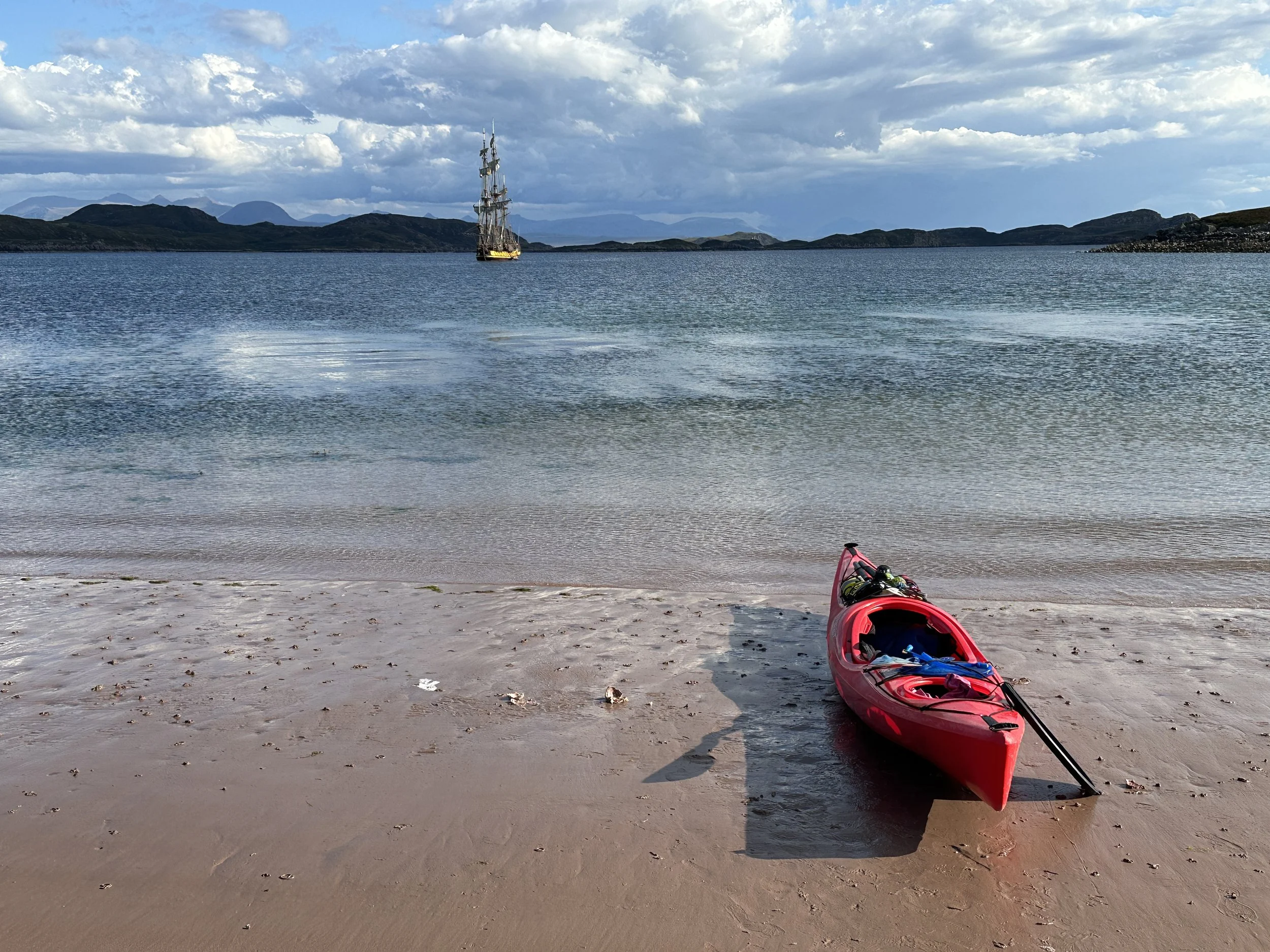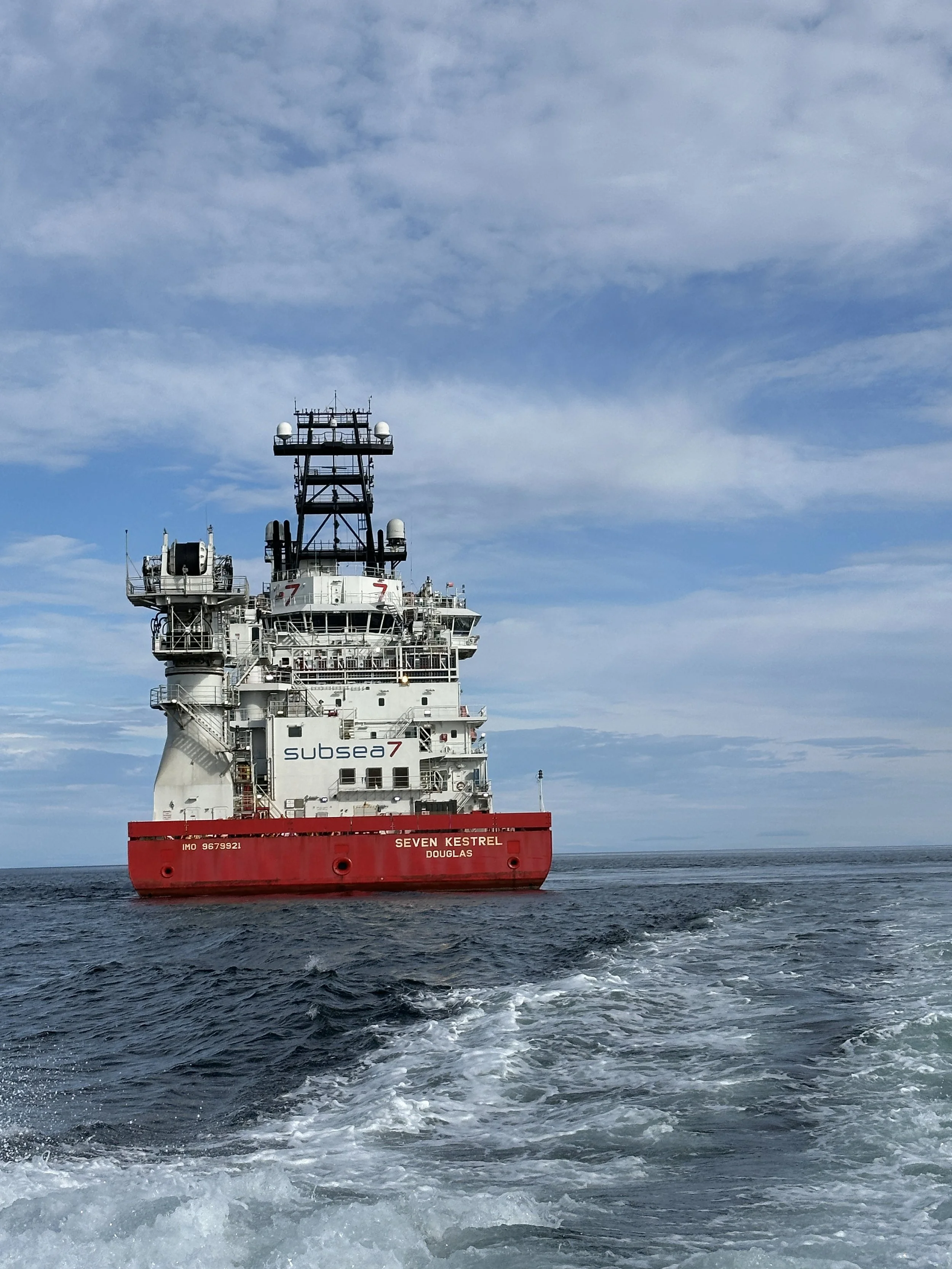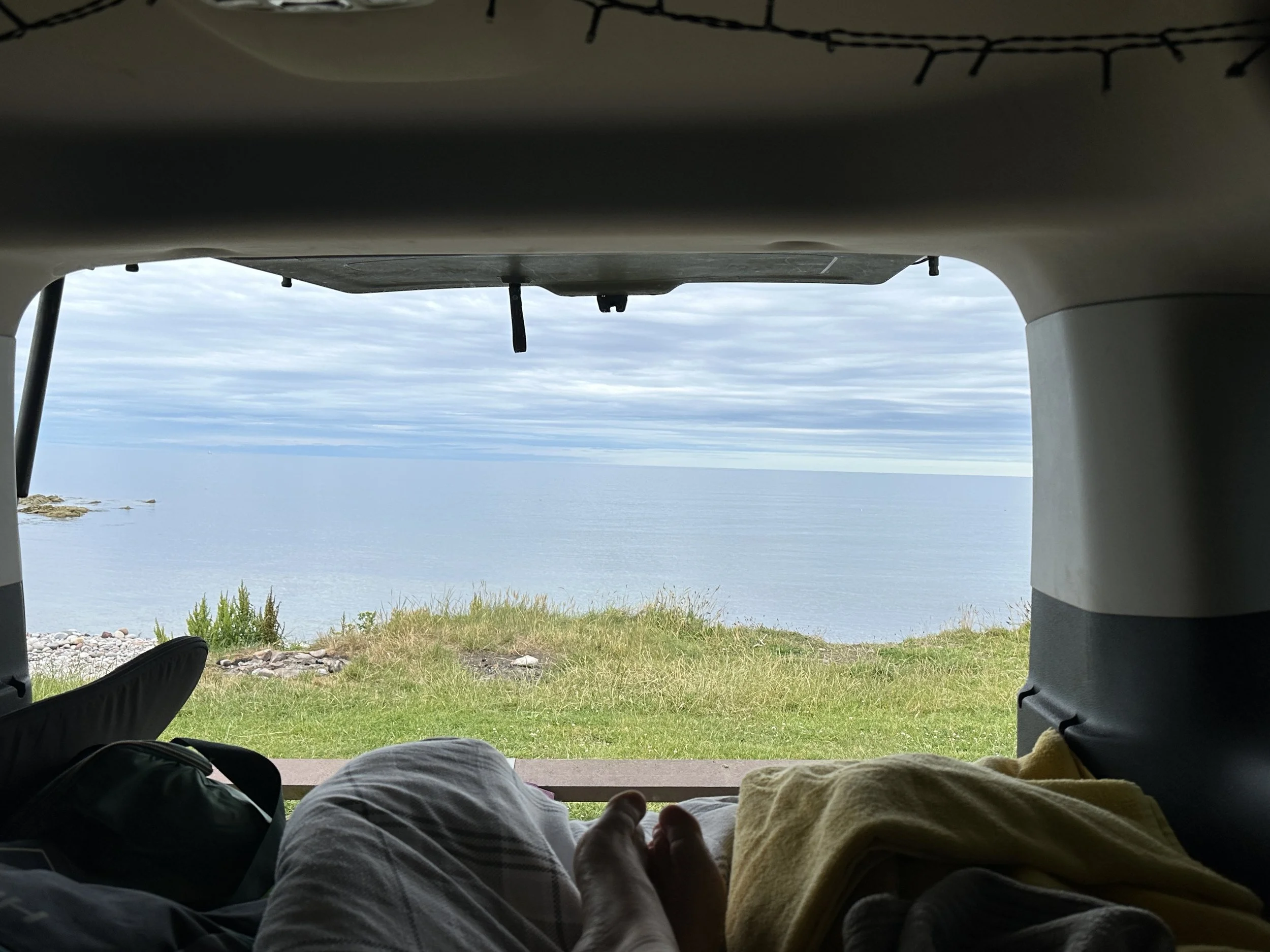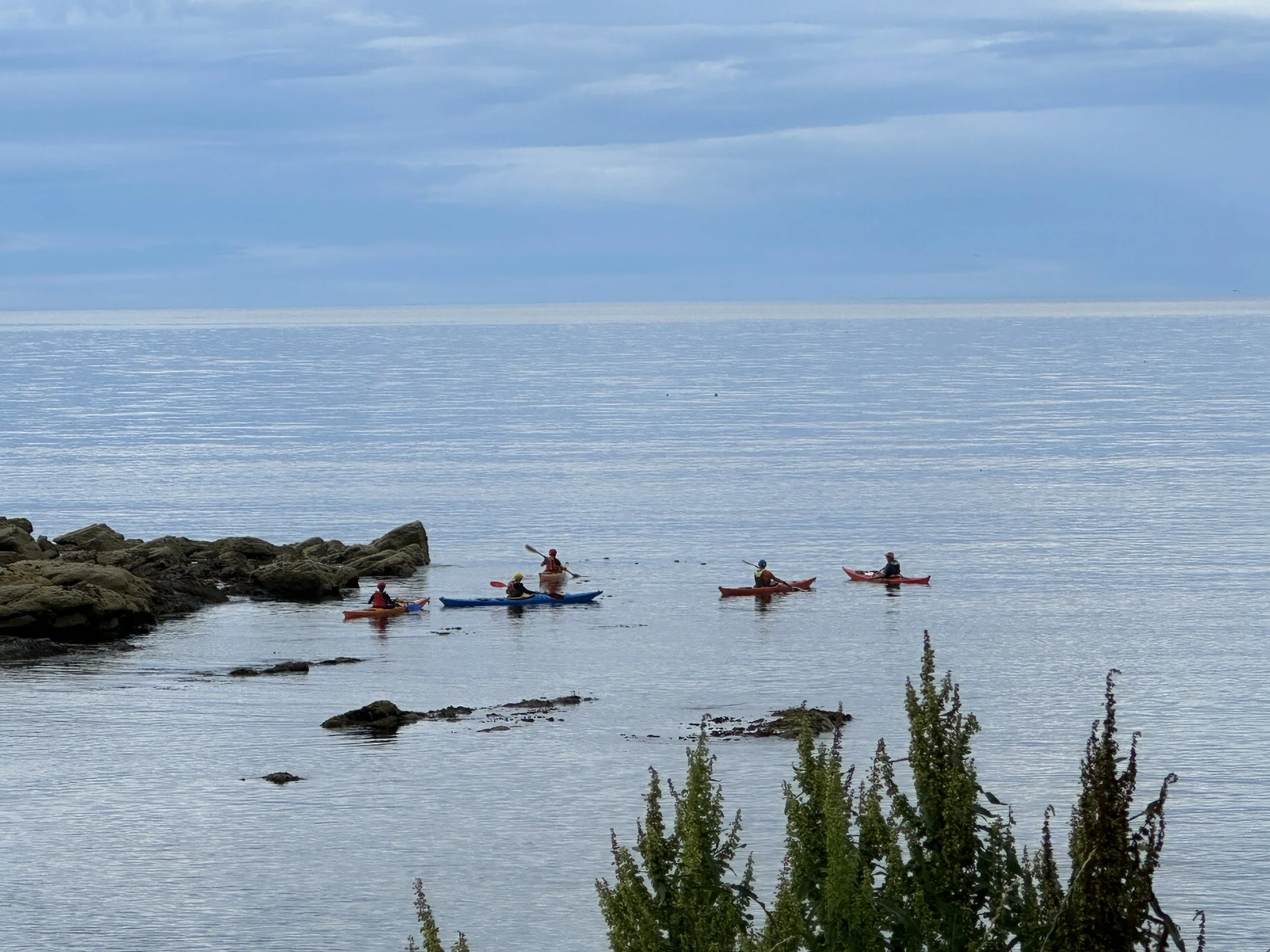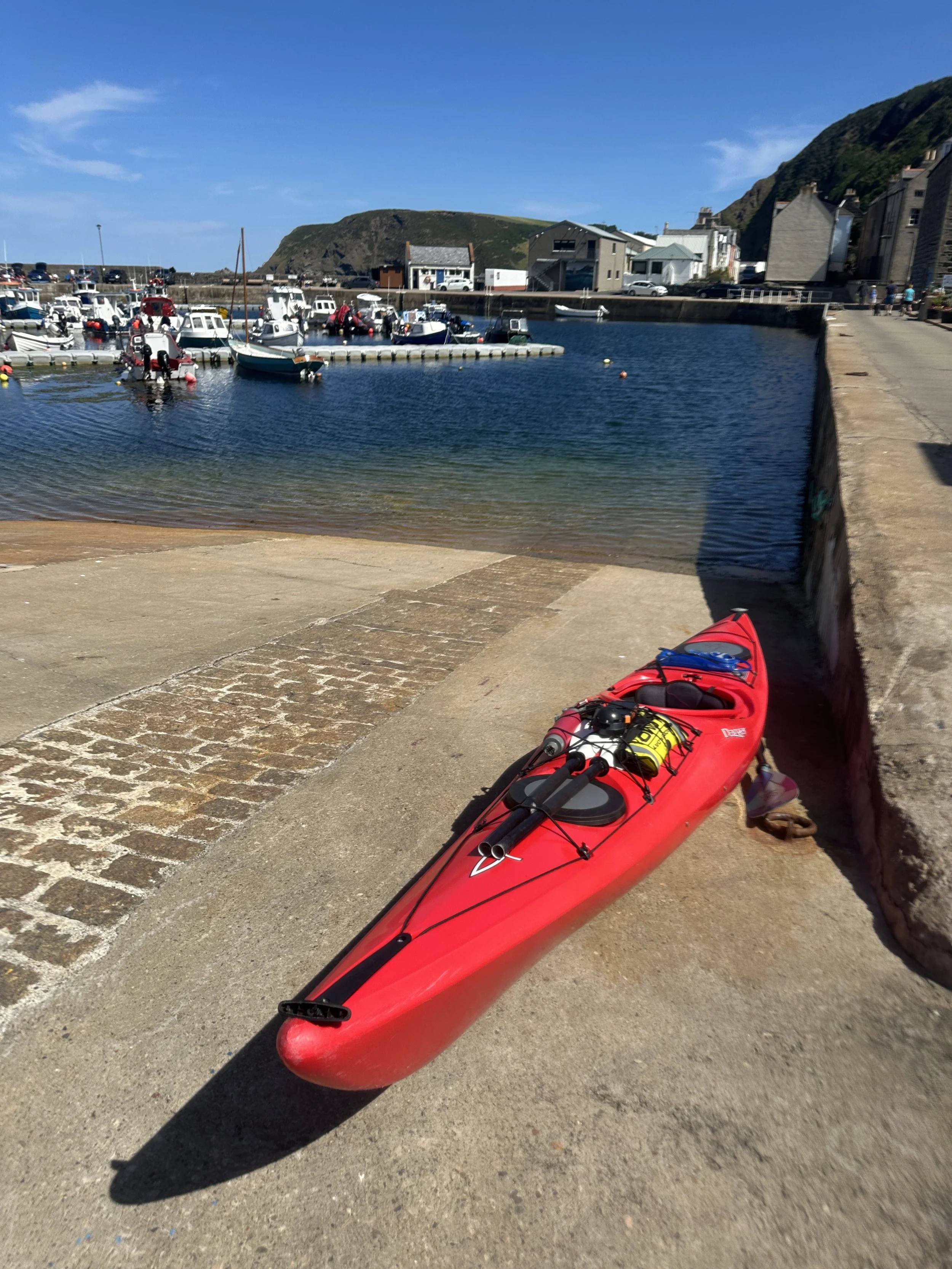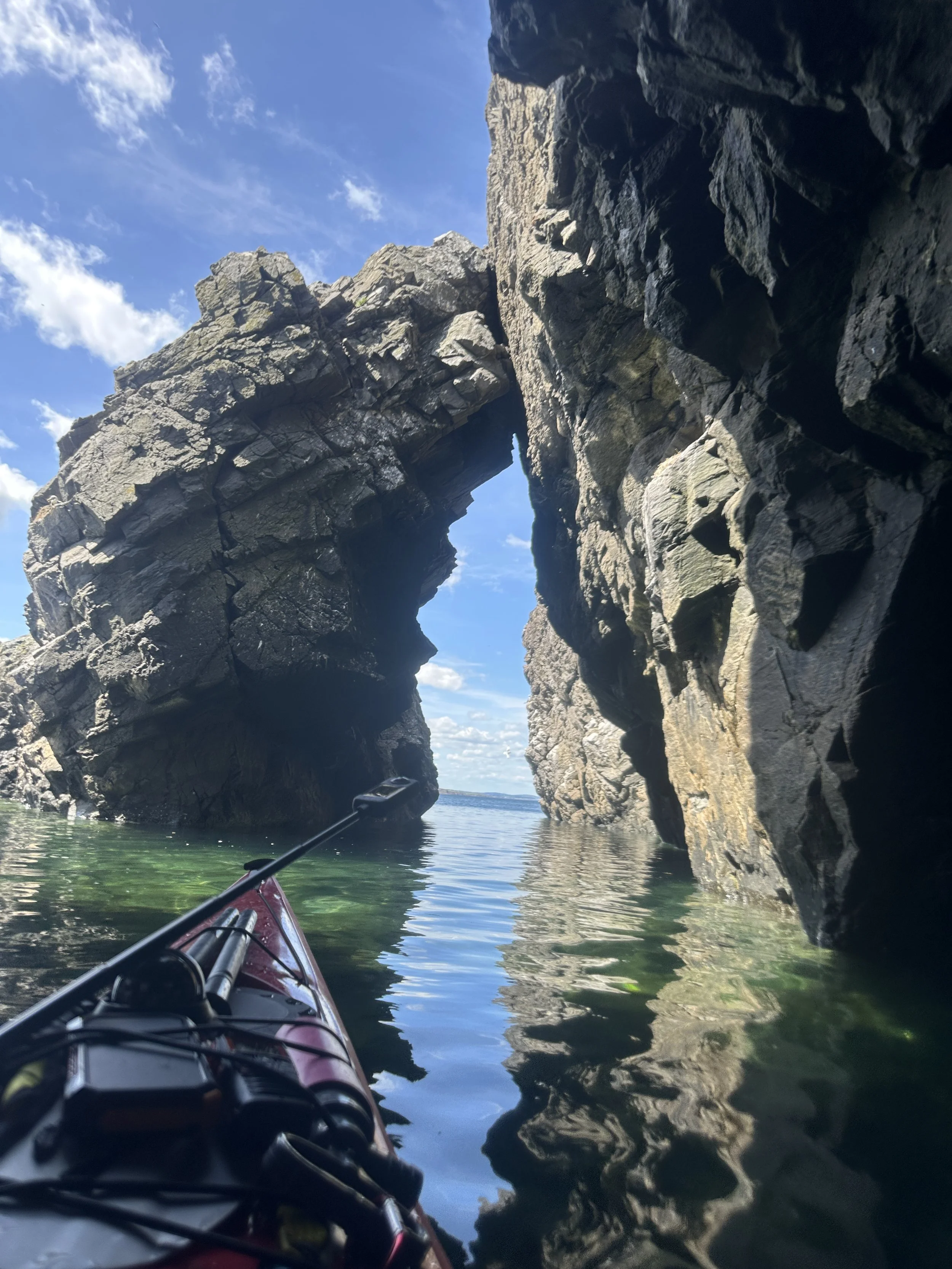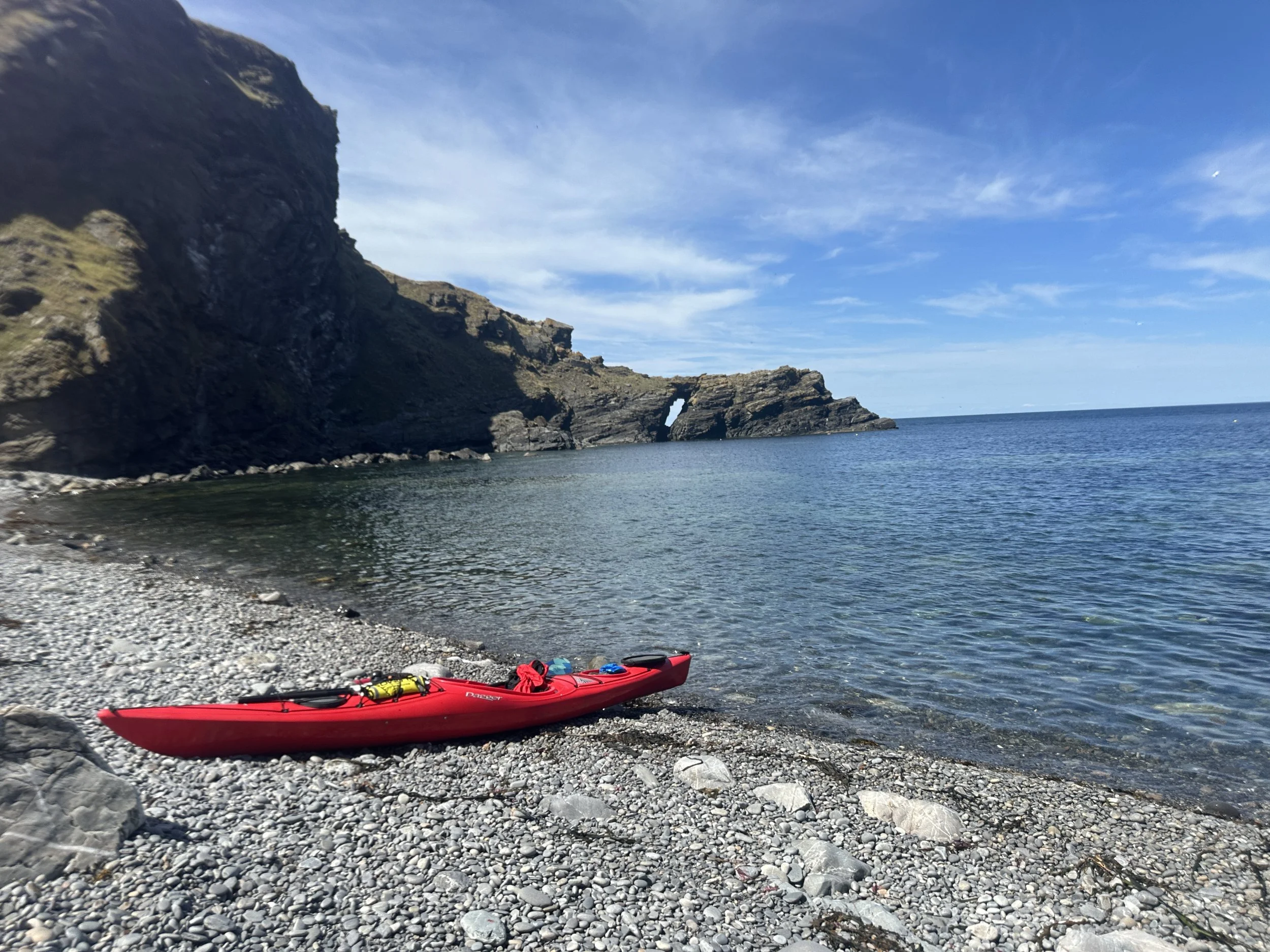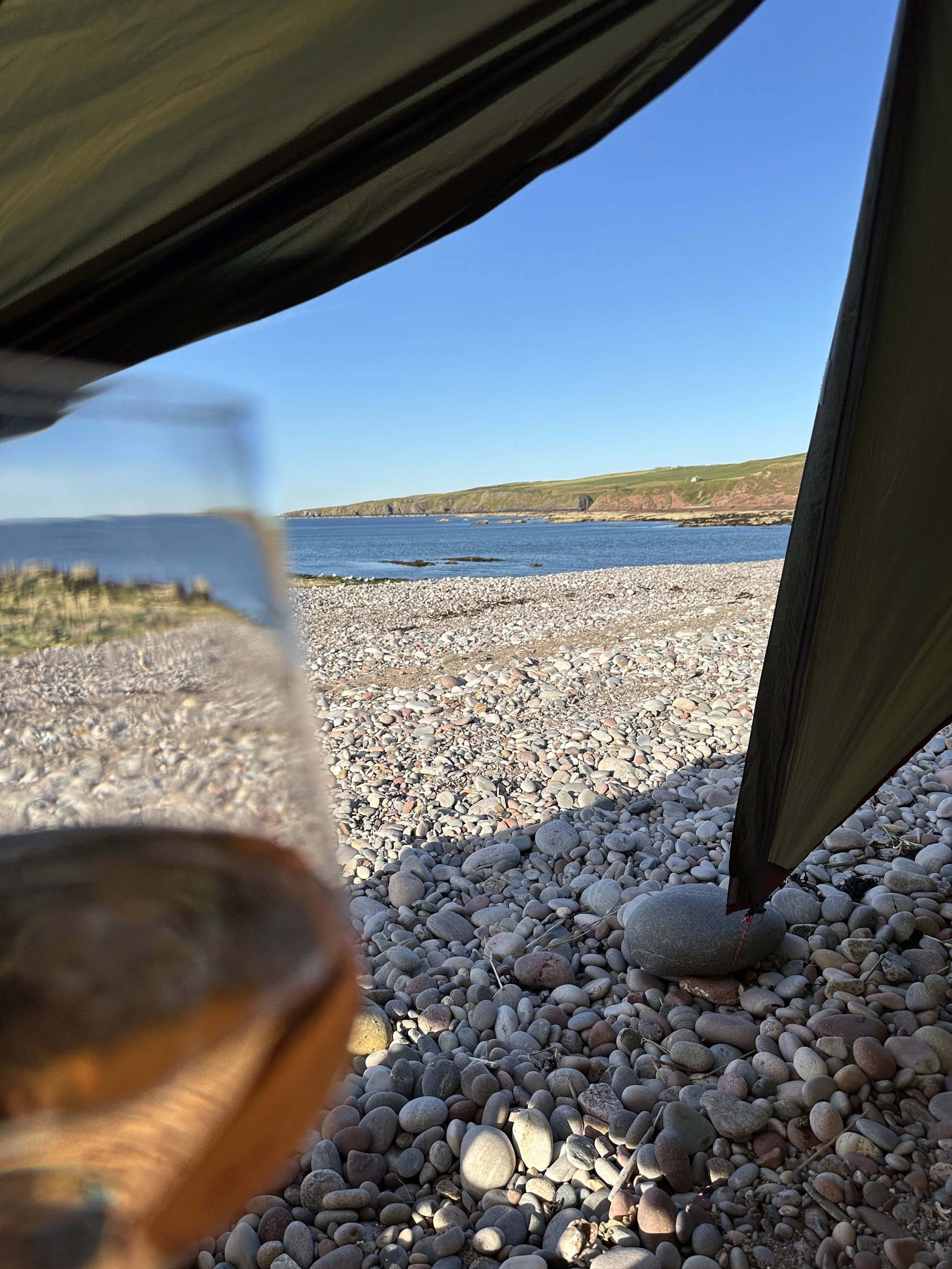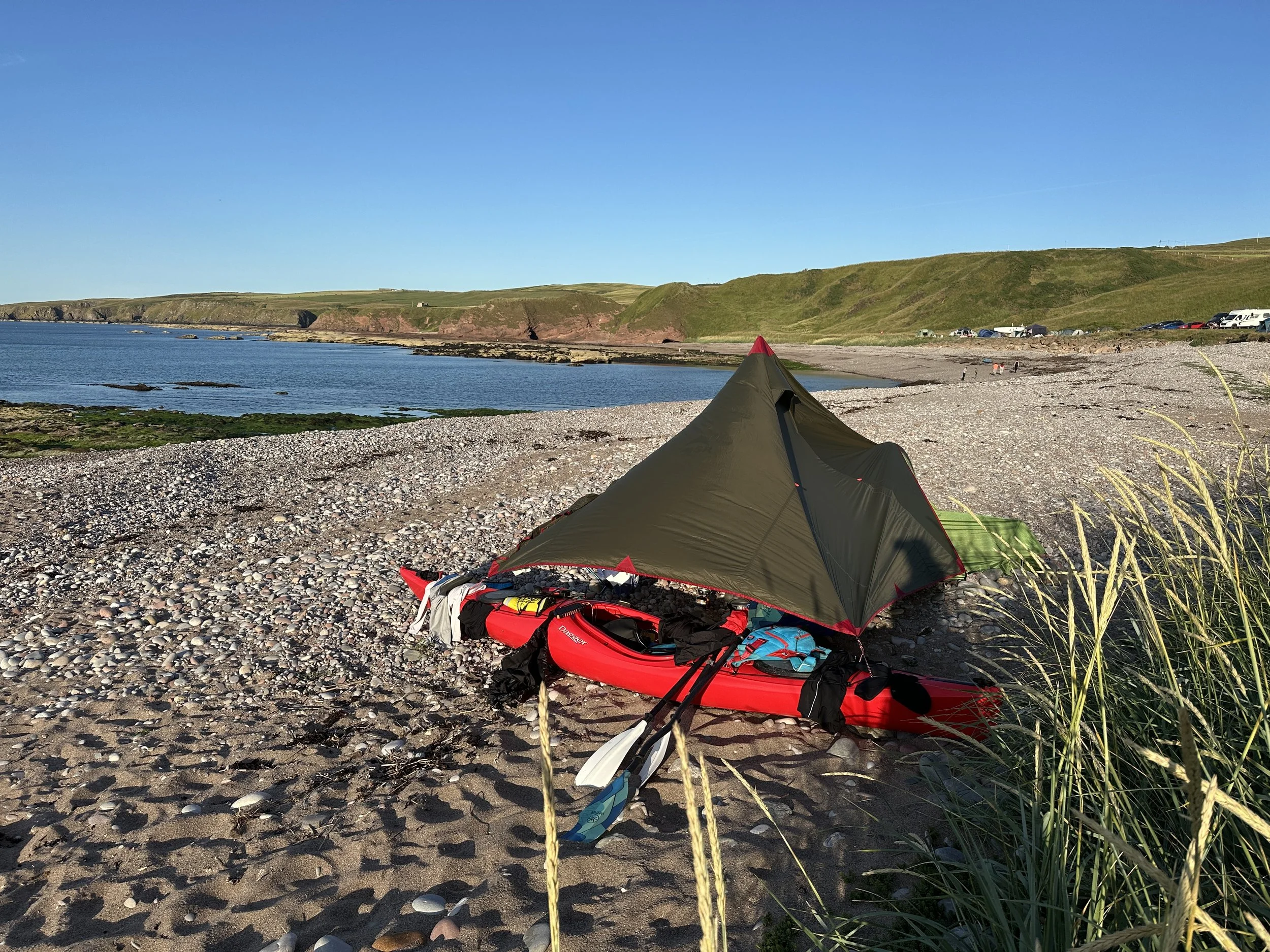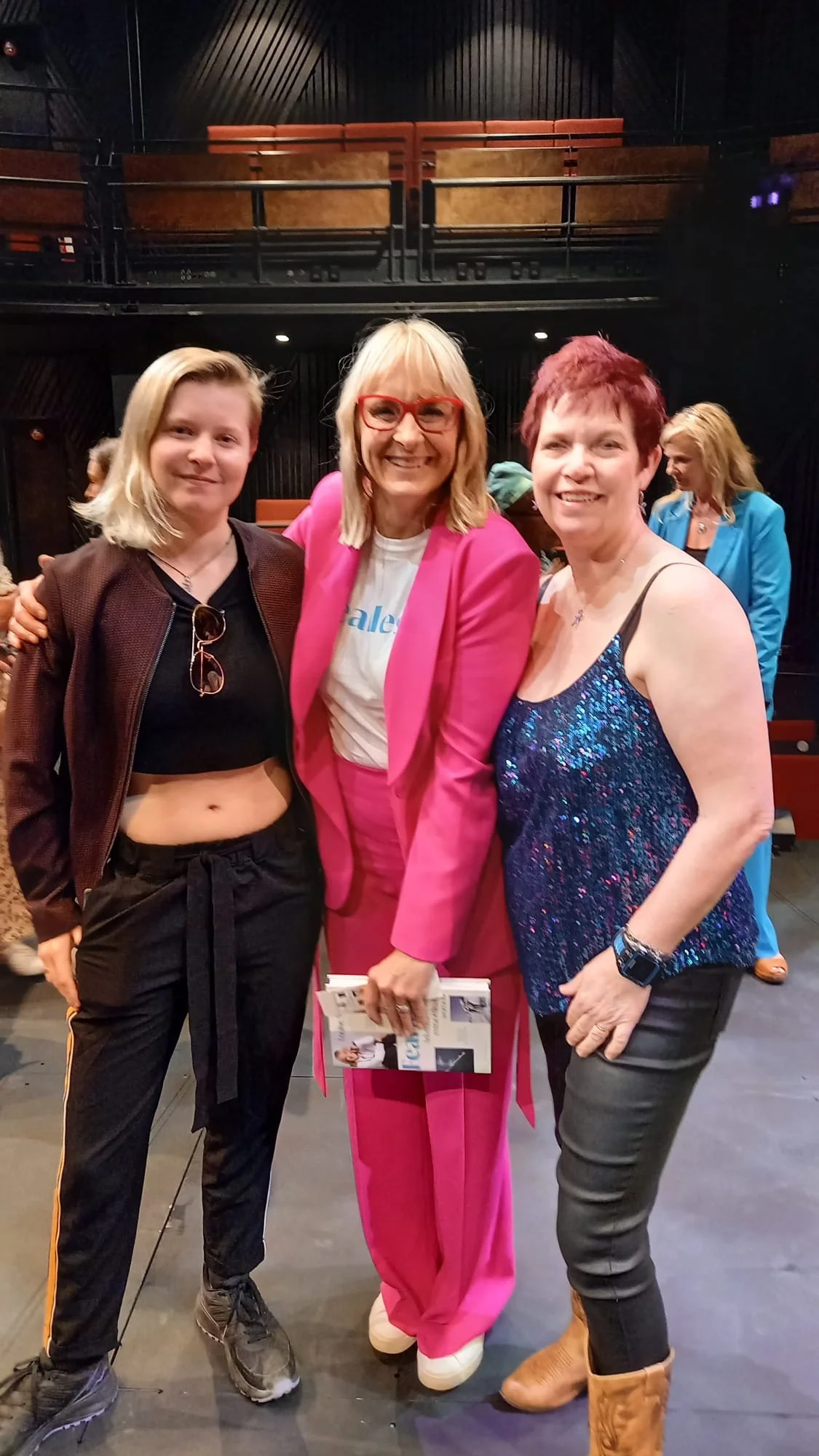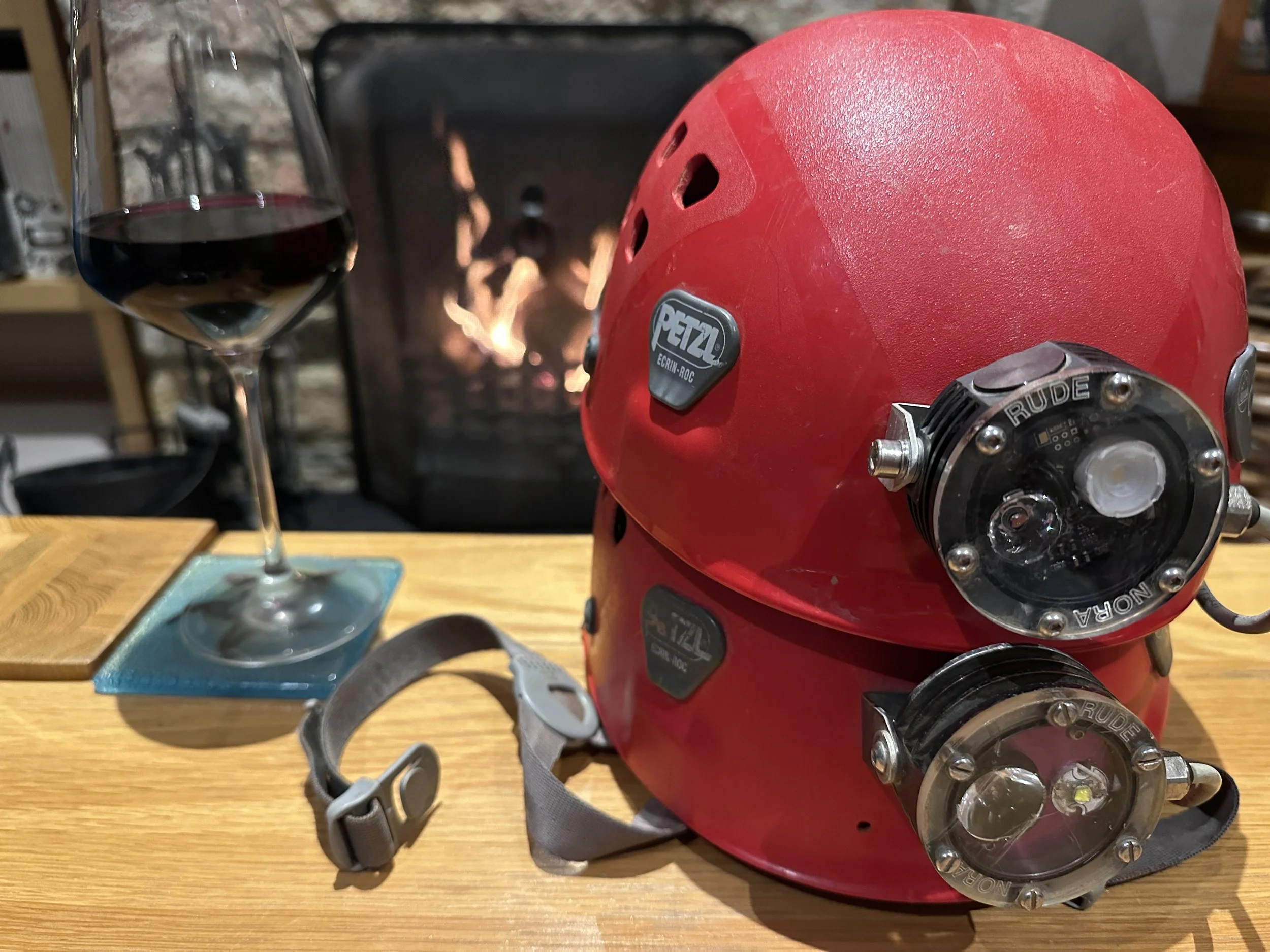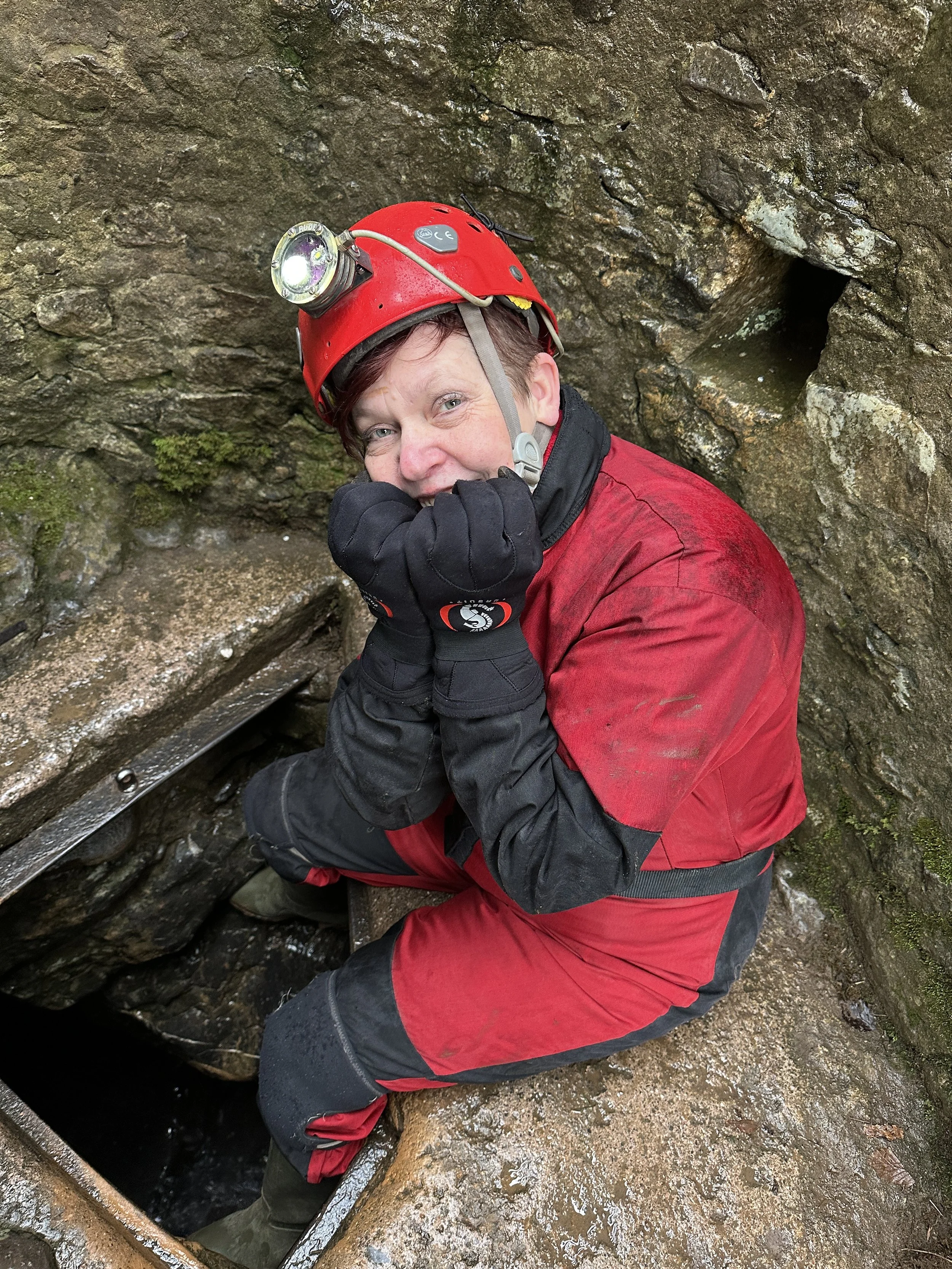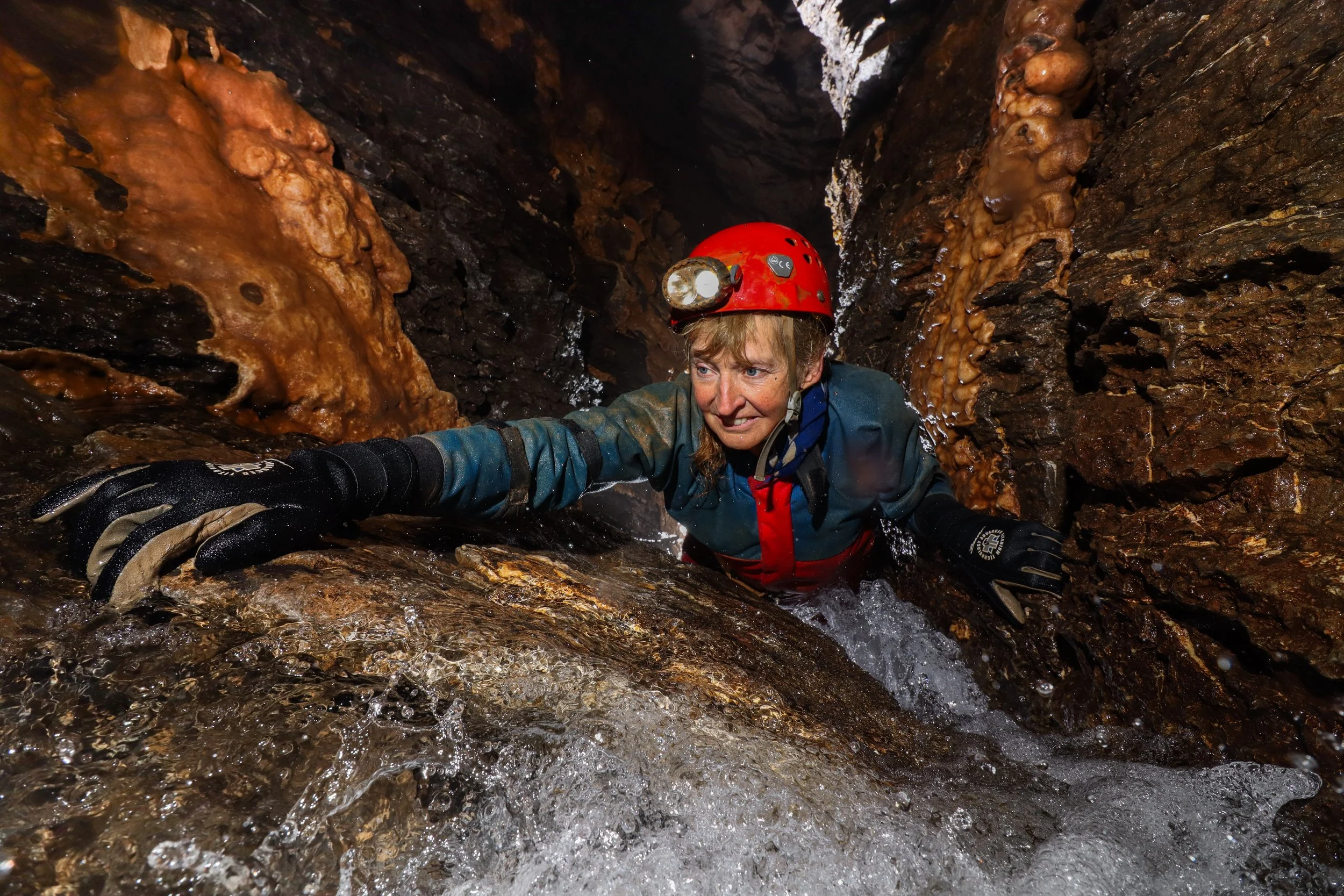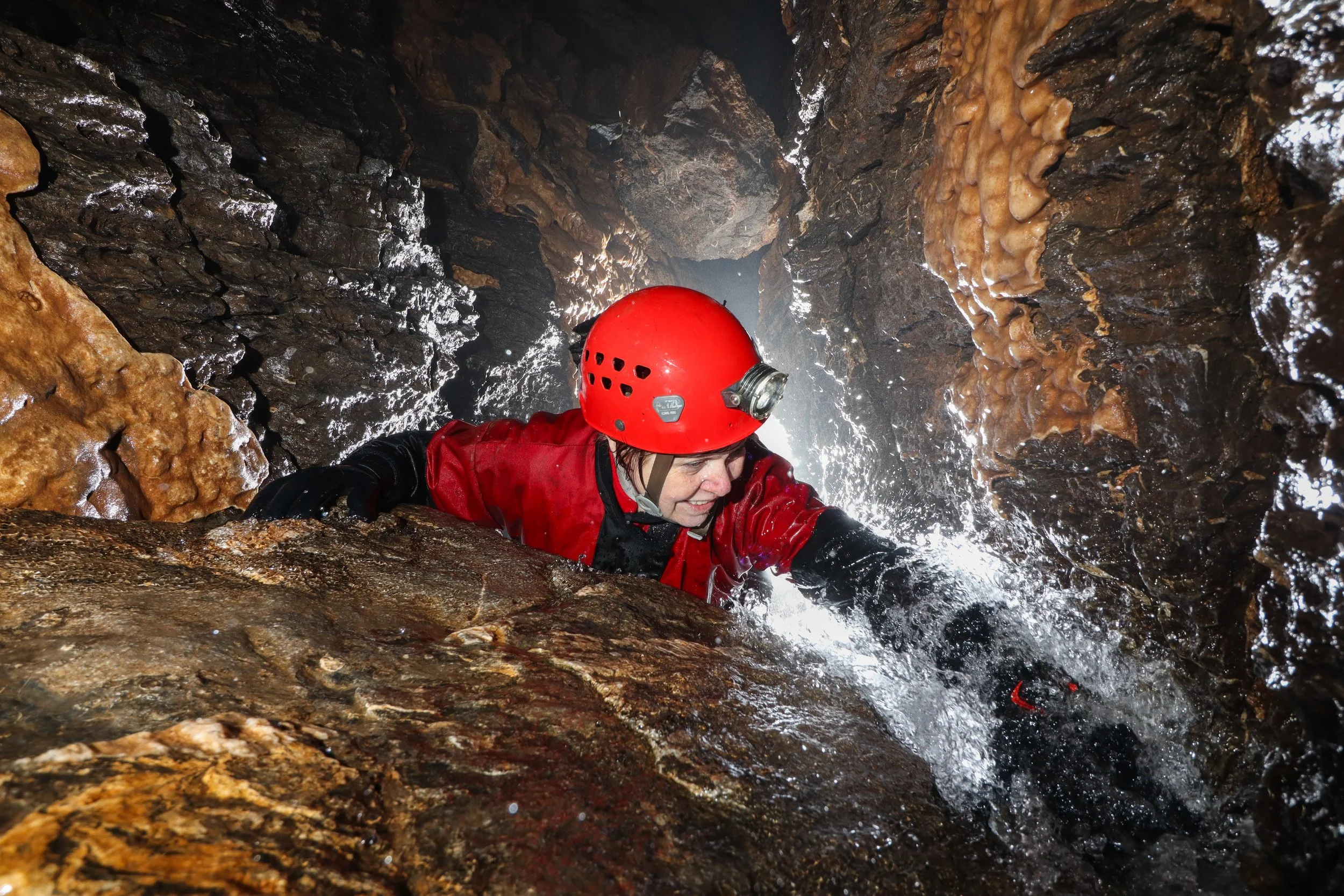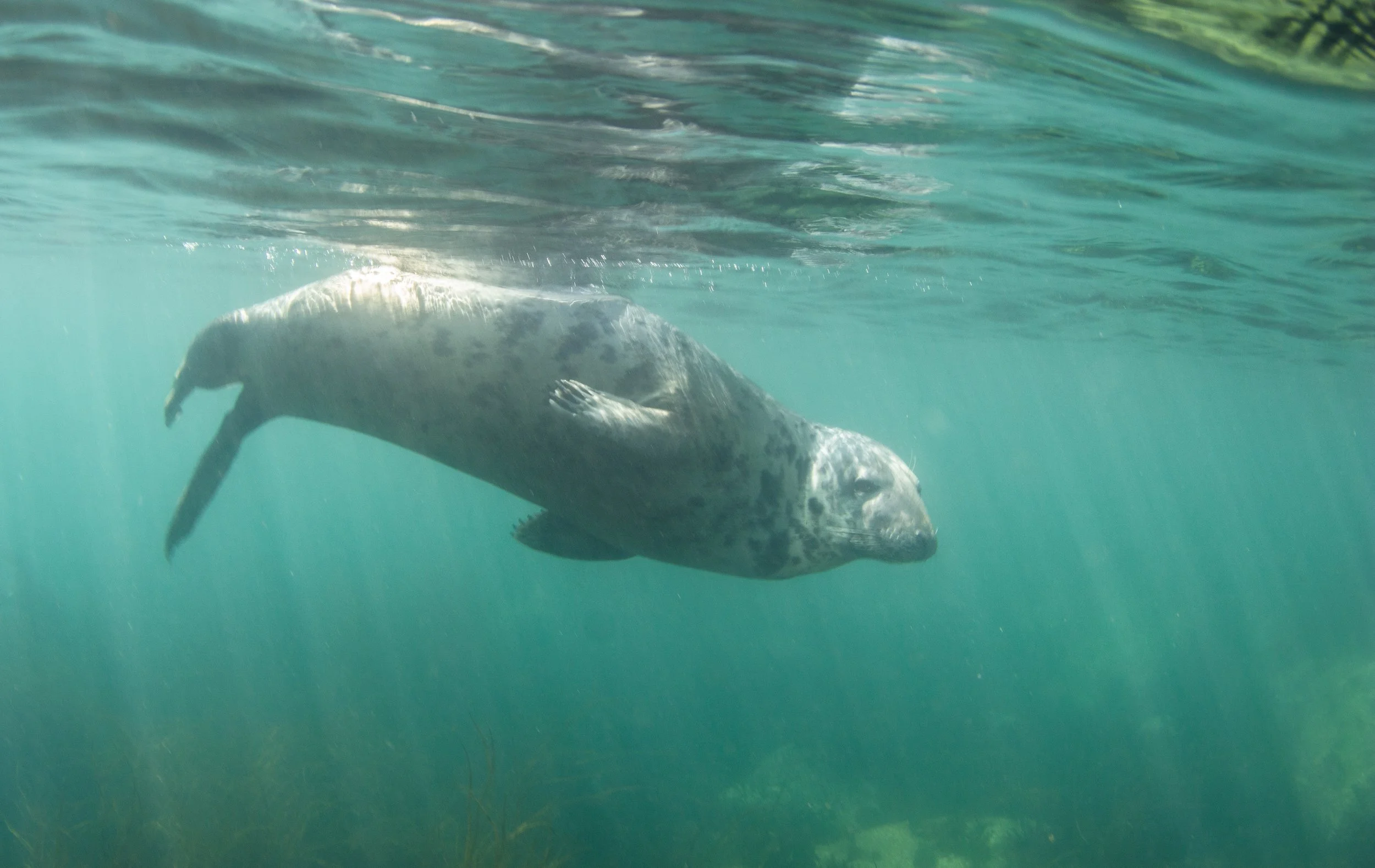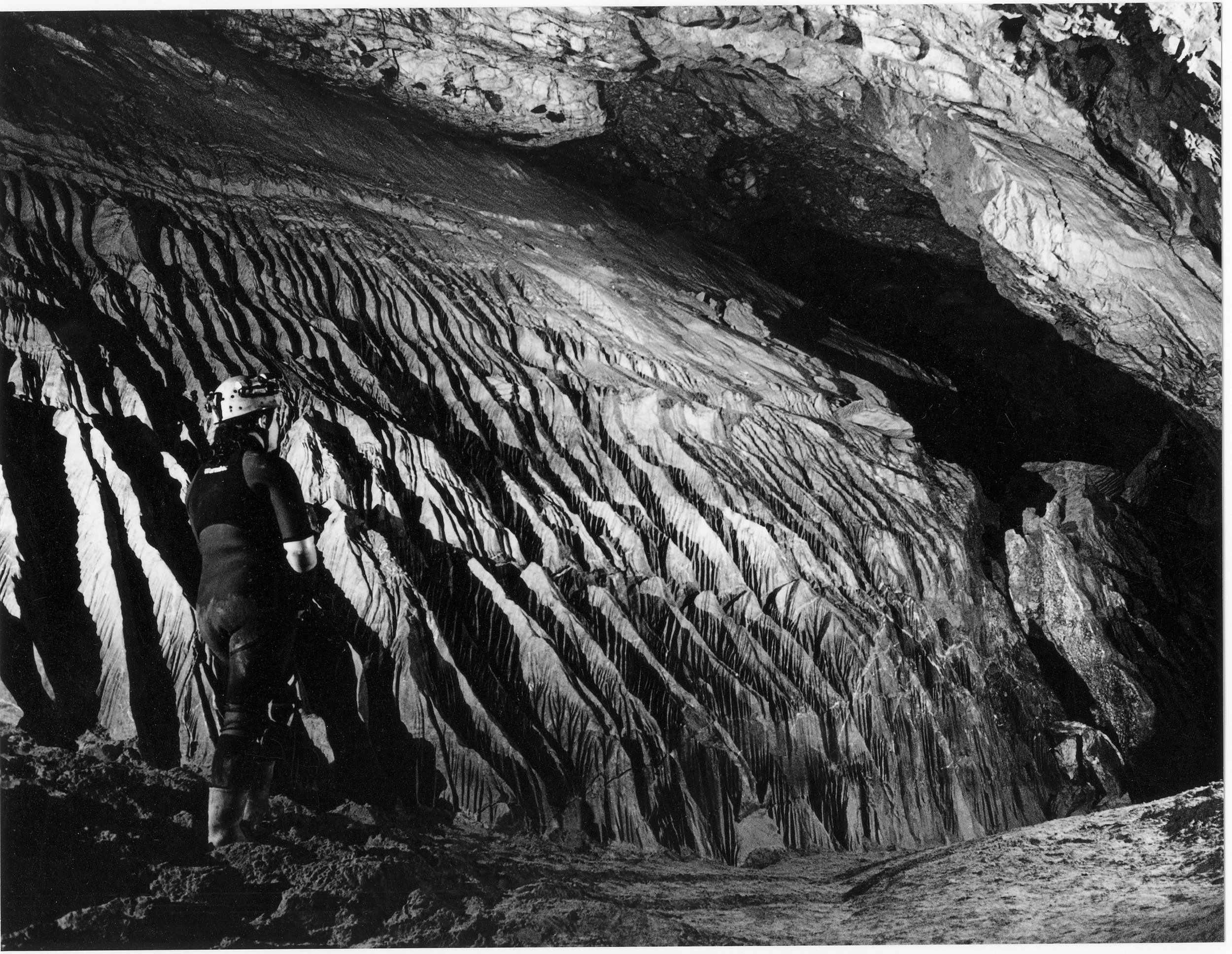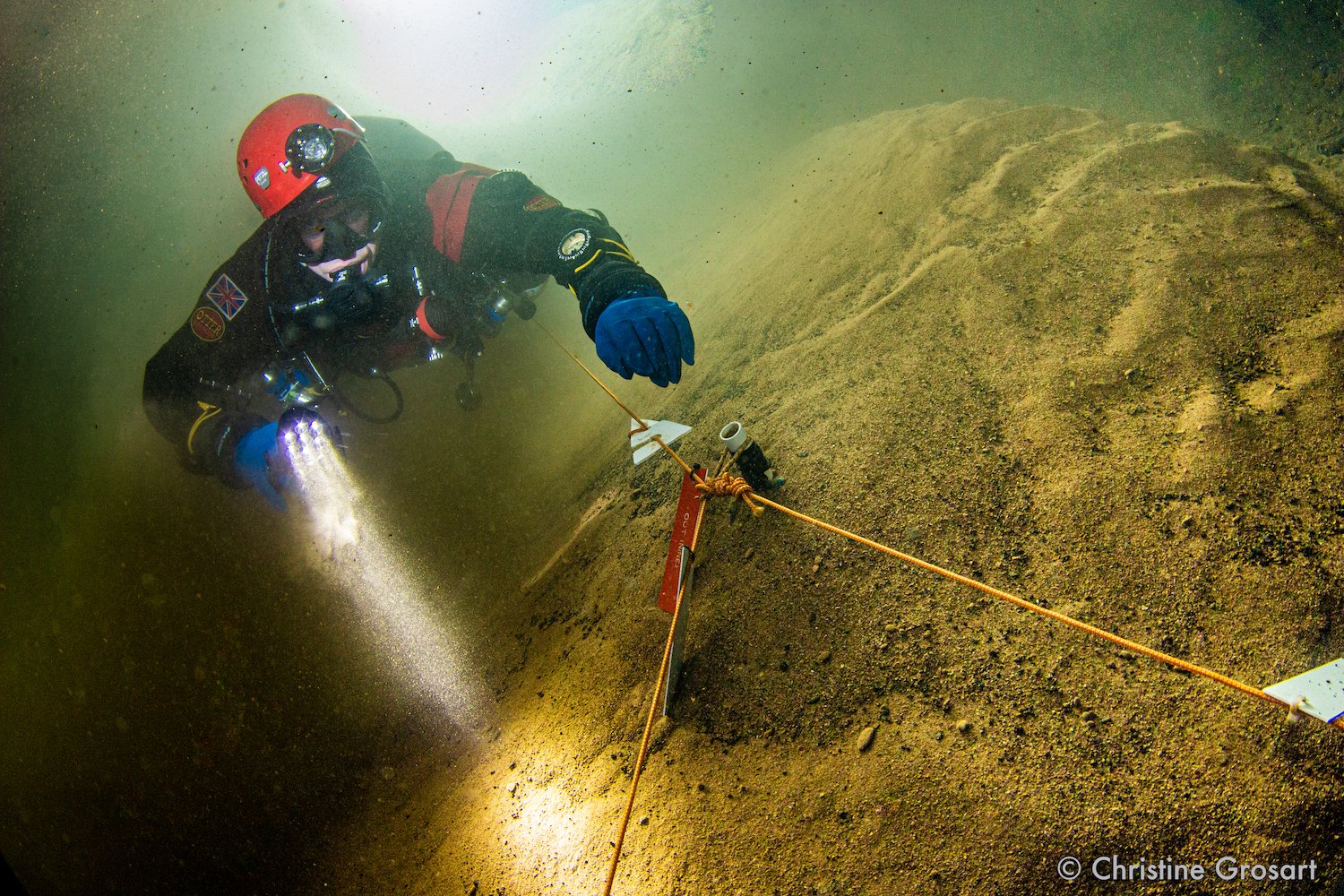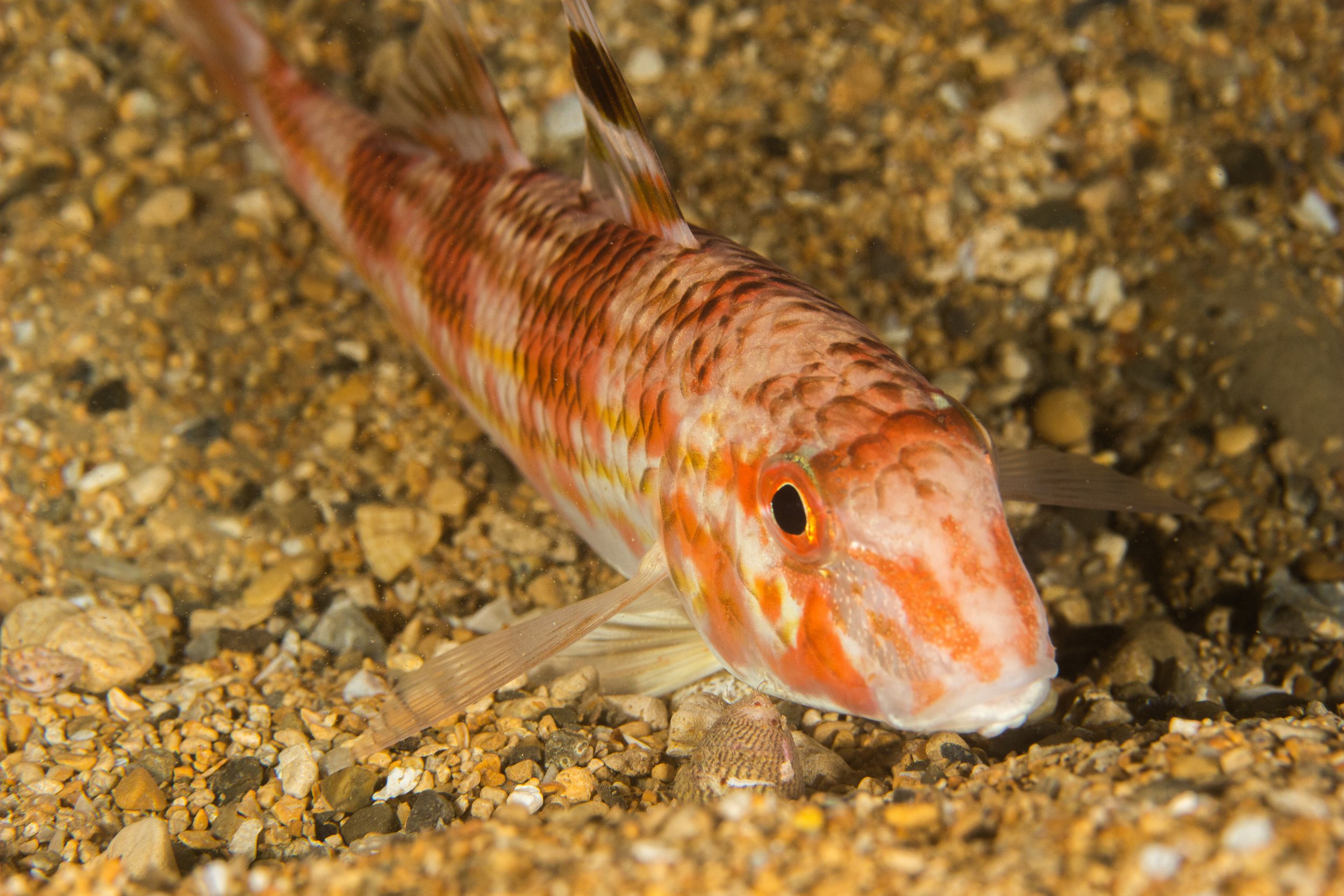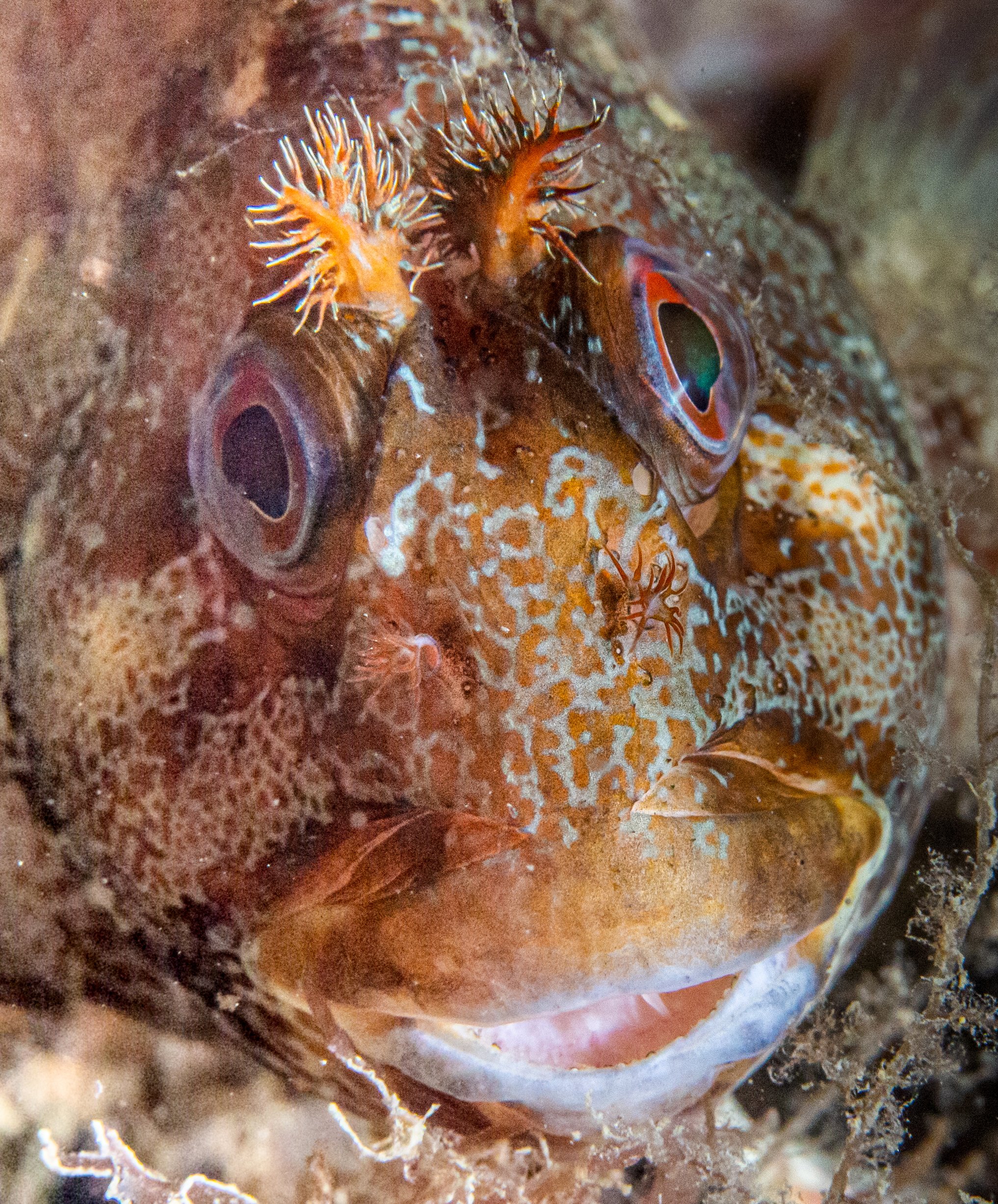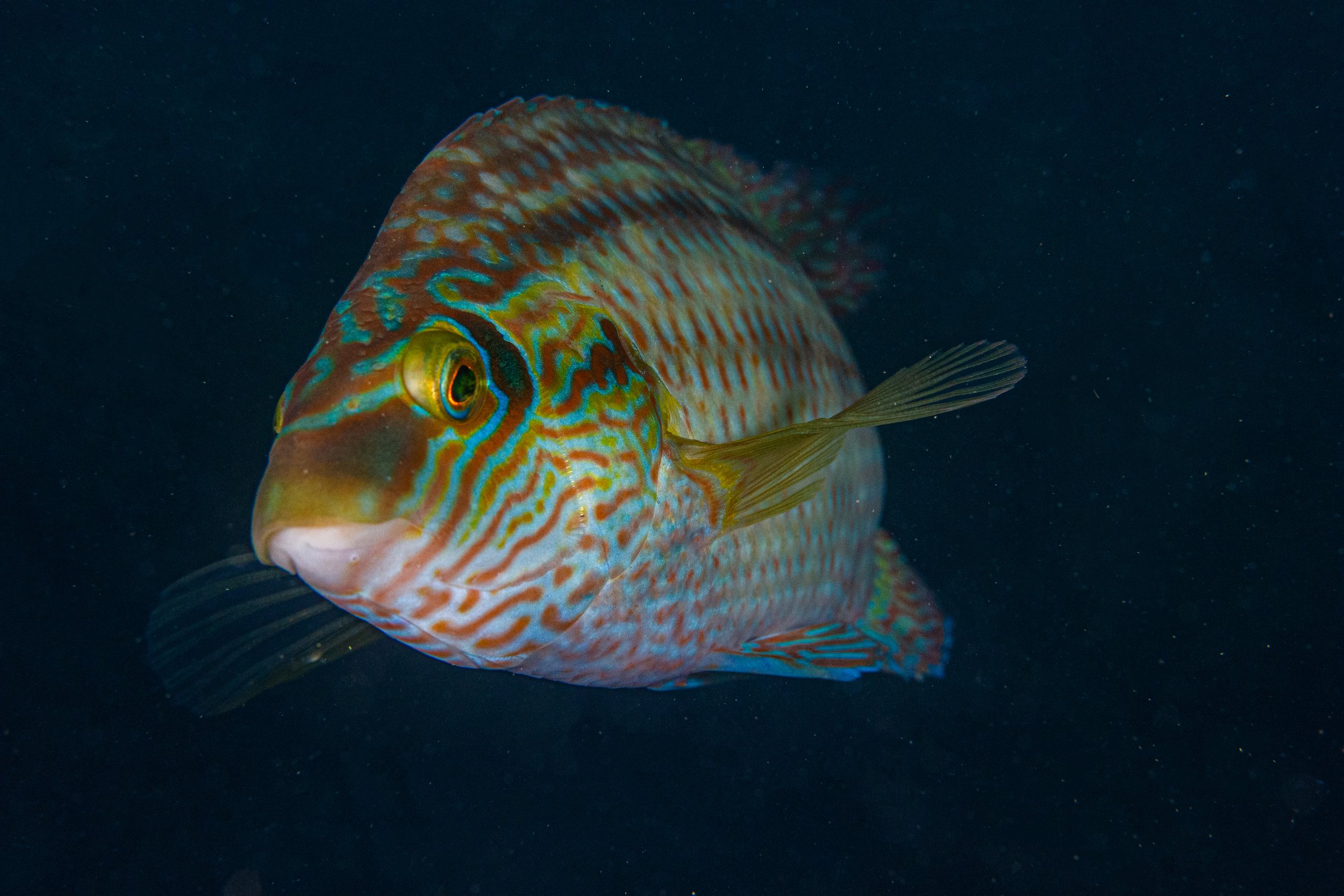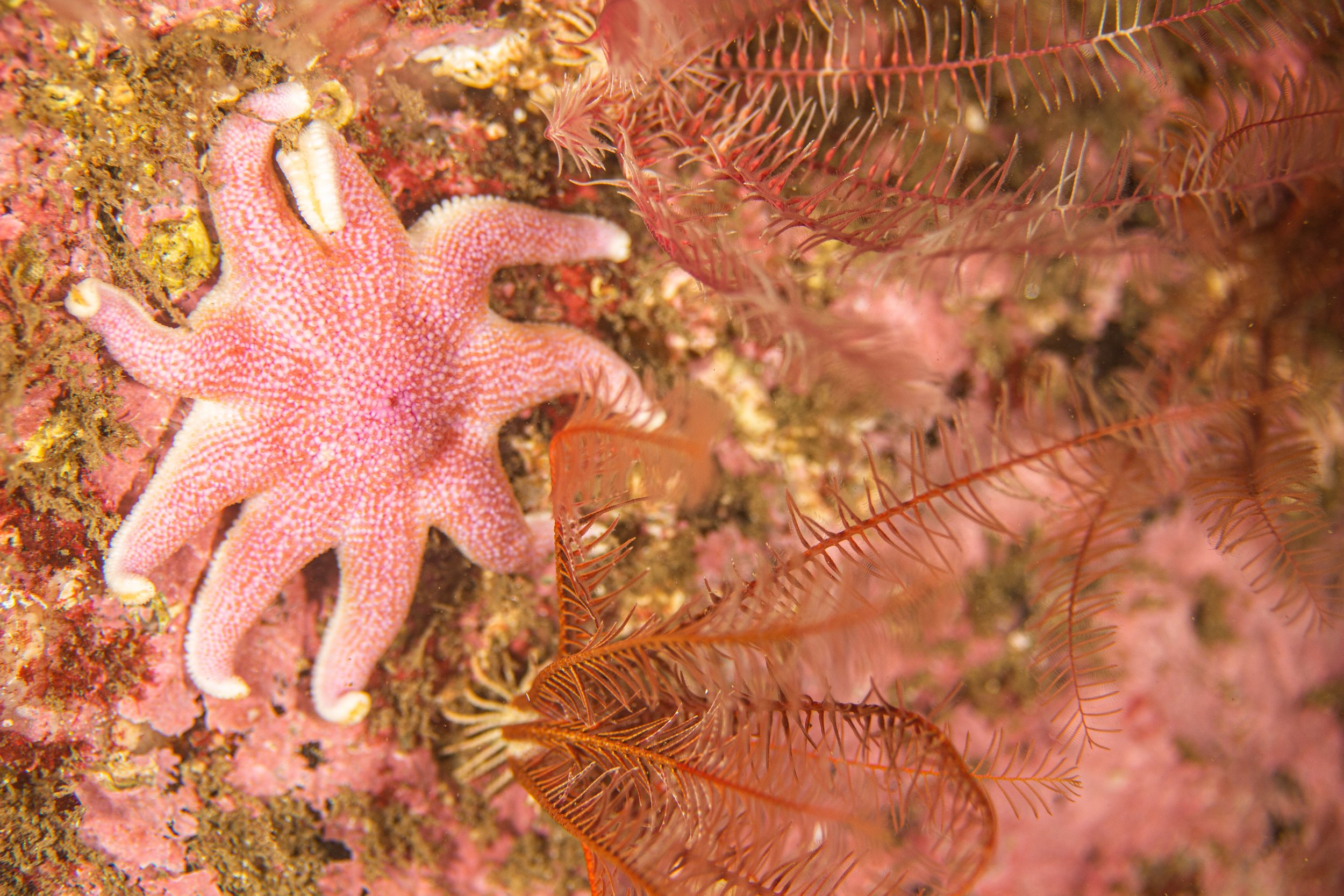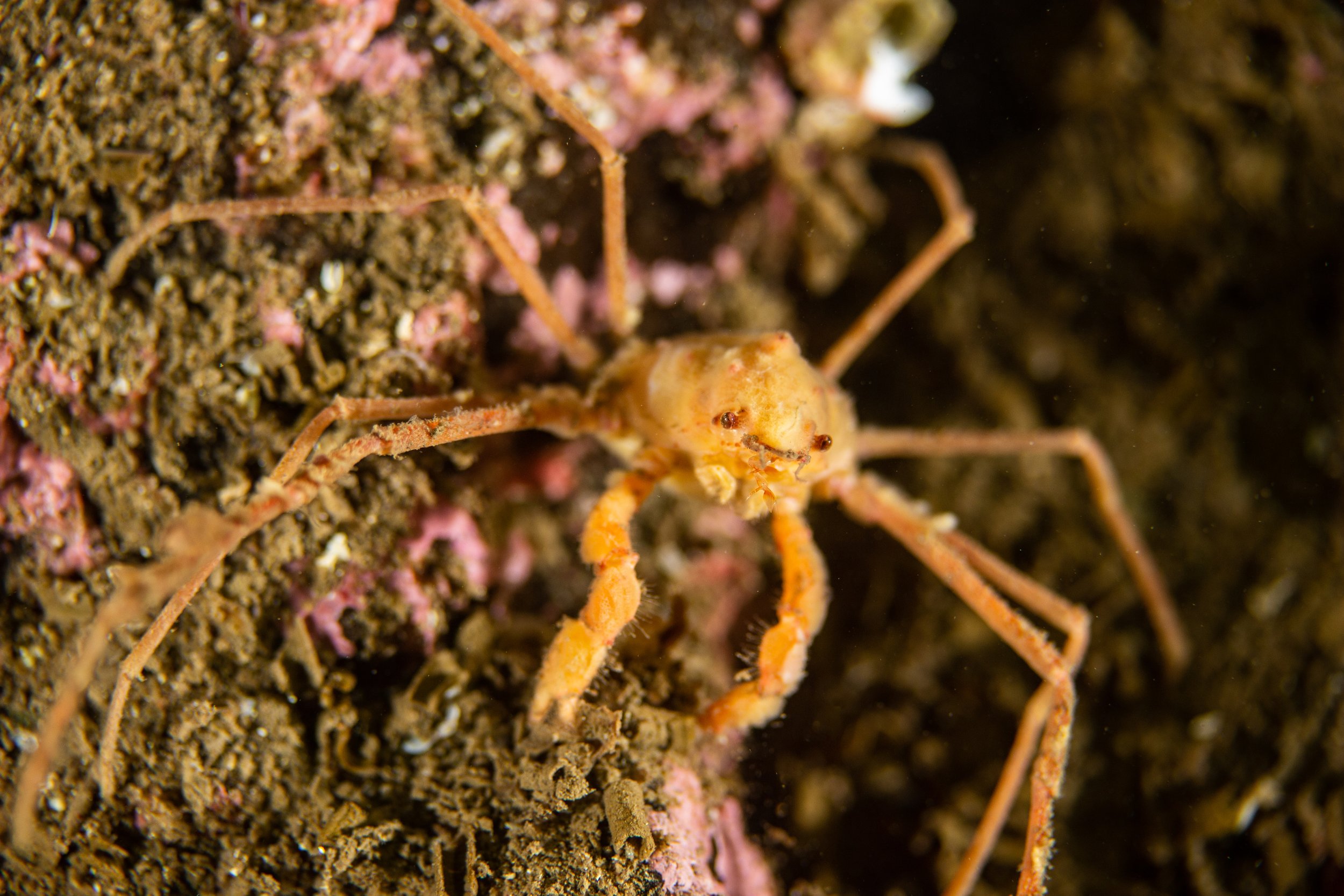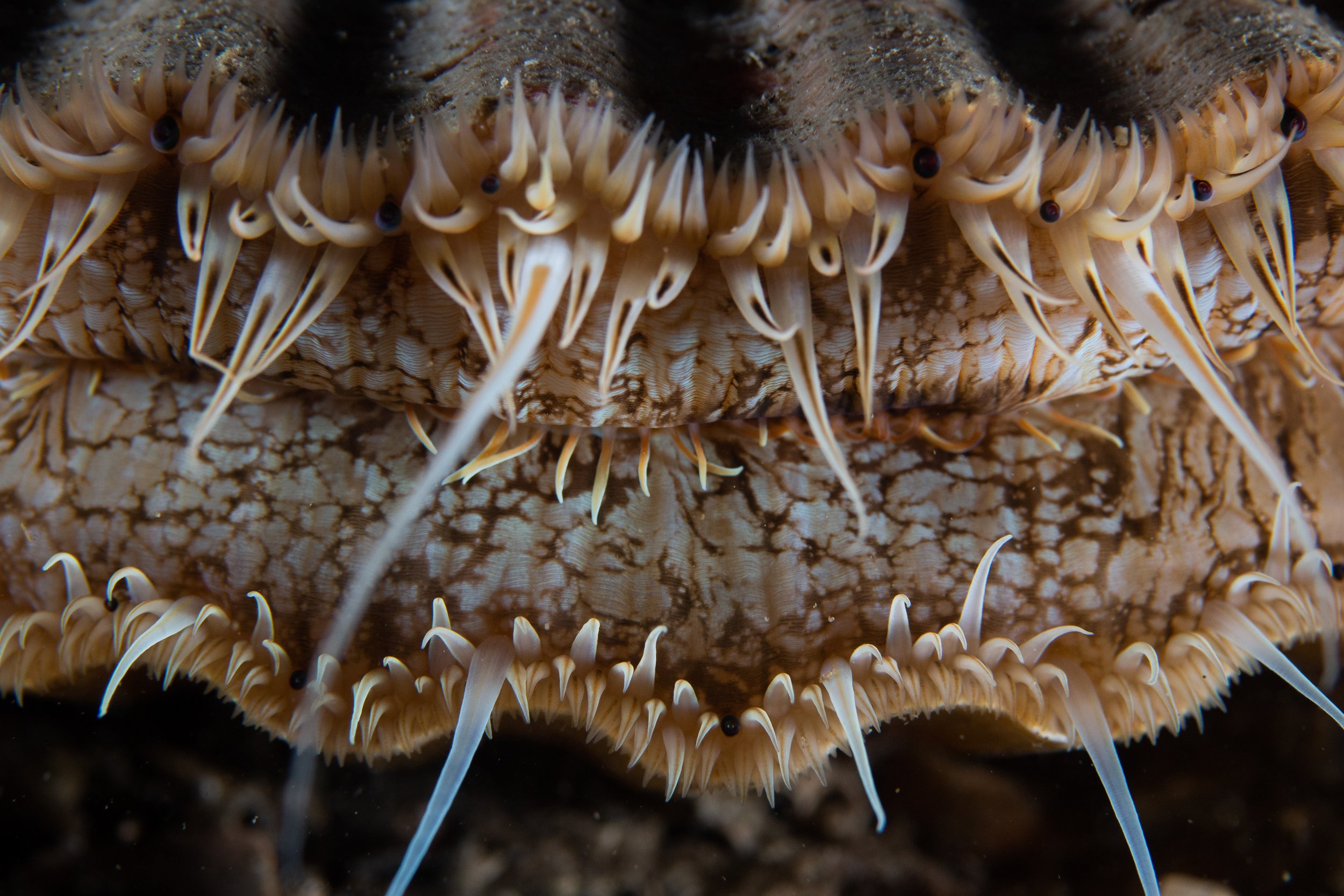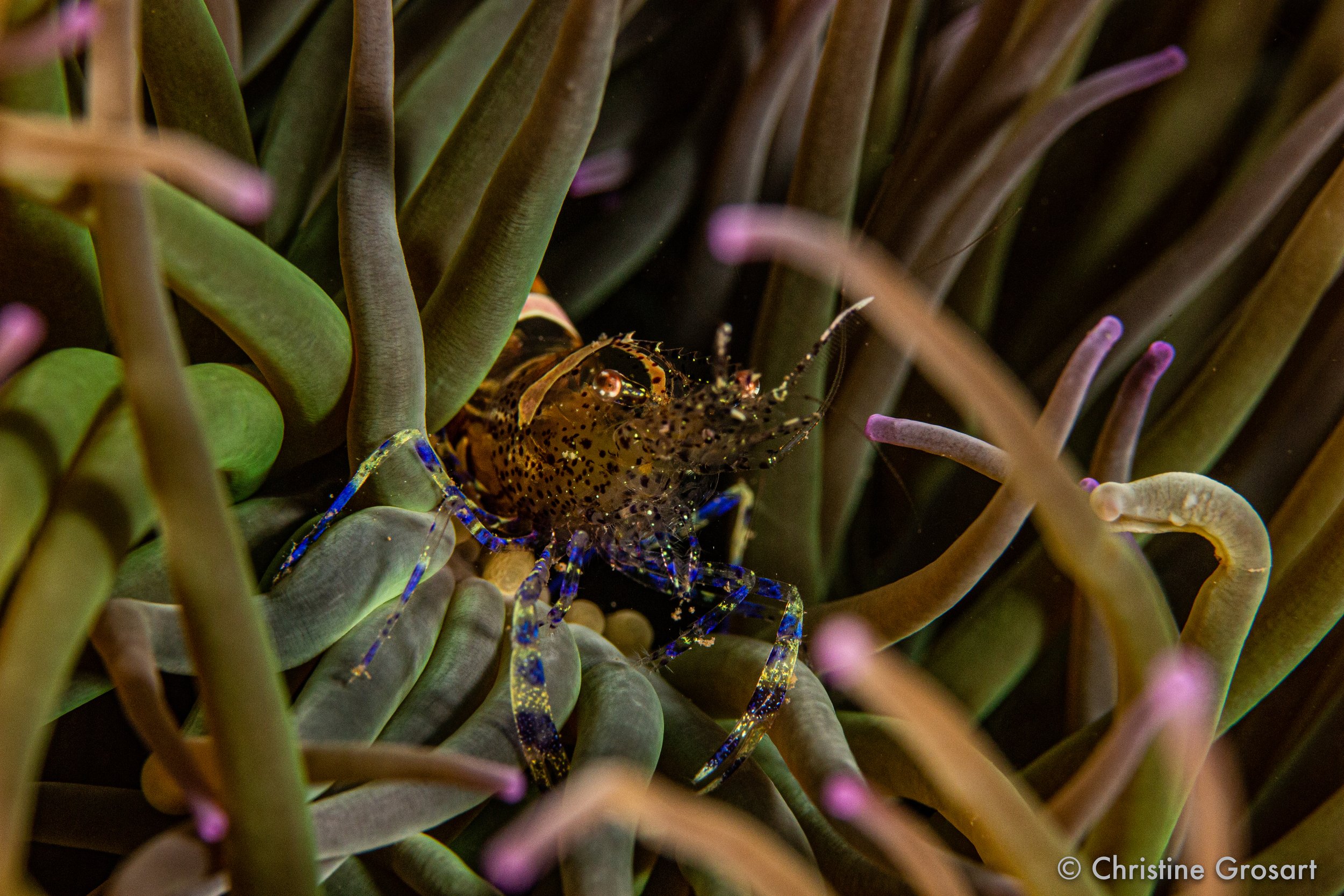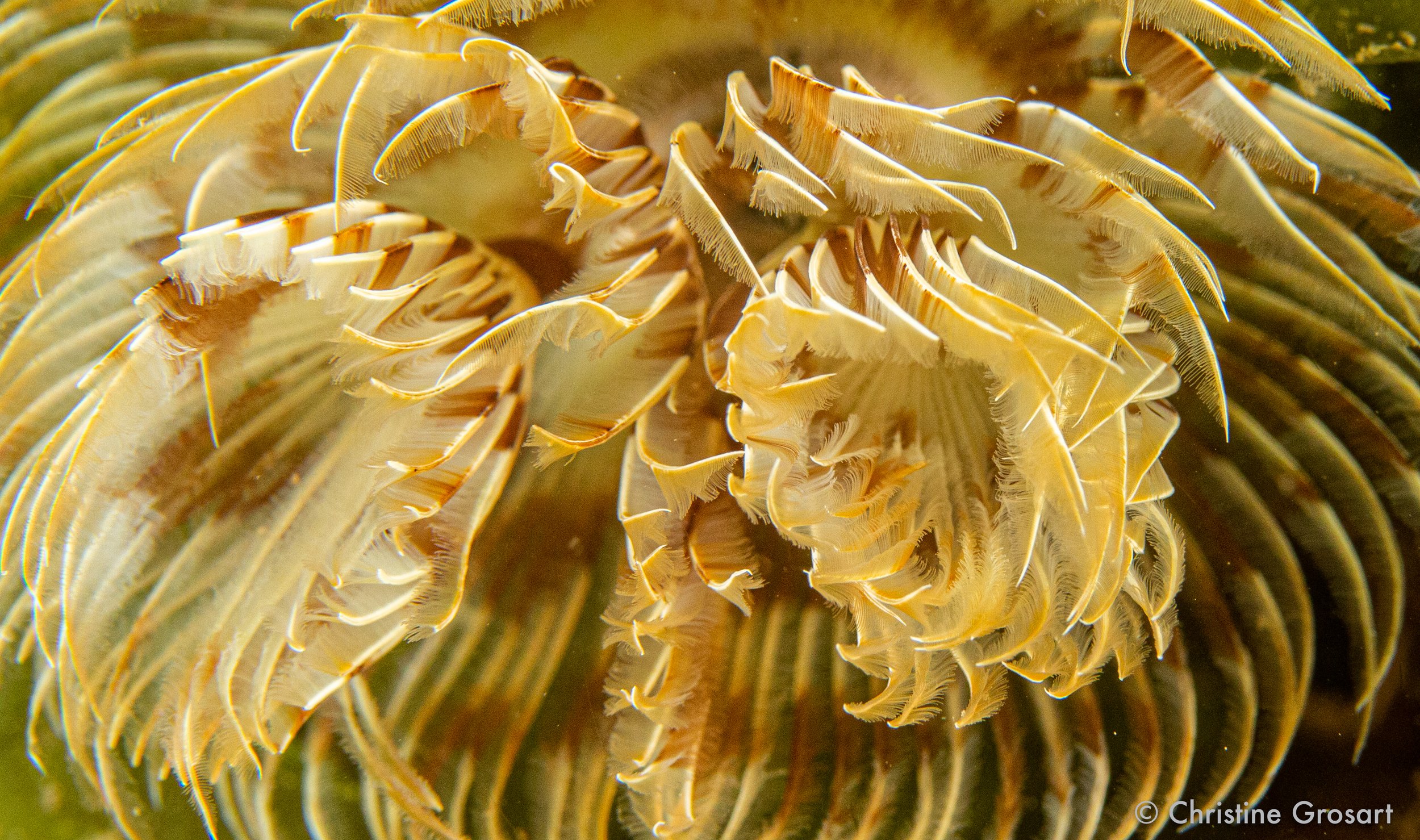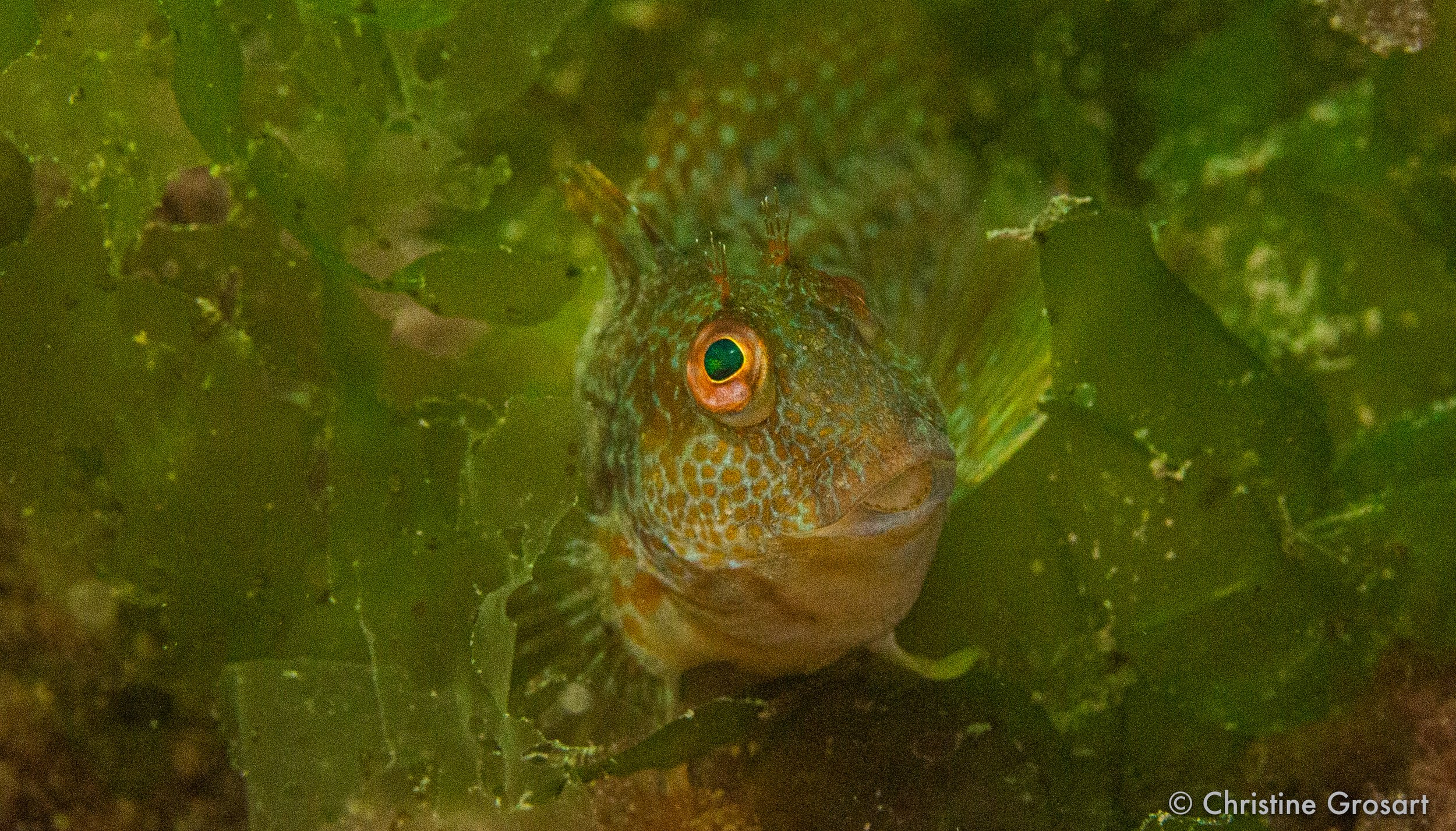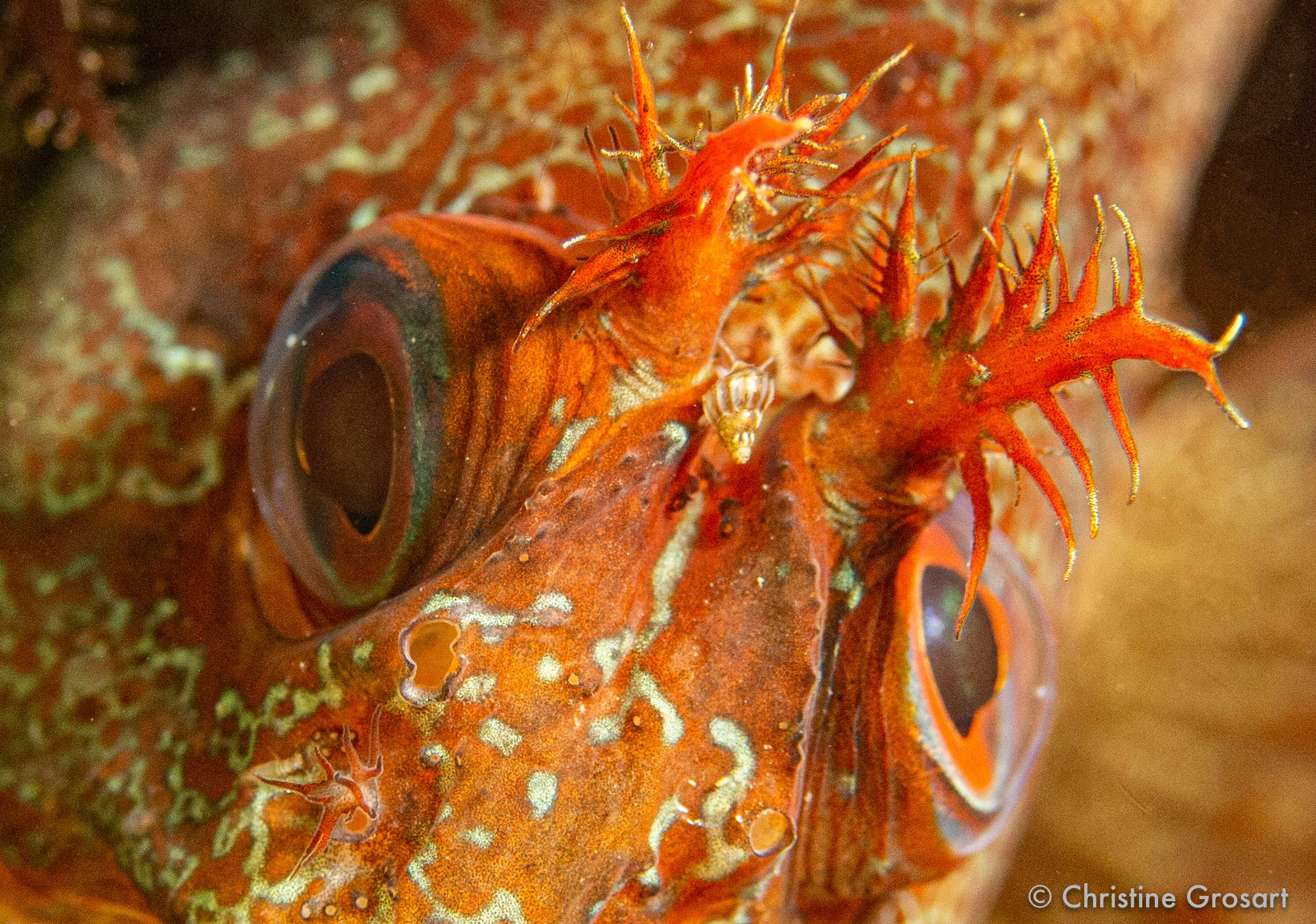The Surprise Scottish Summer (Part one)
Playing with tall ships in the Summer Isles. Heaven unfiltered.
One of the best parts of my job is looking out to sea and feeling the warm sun on my back, the glassy, gentle carpet of the ocean moving ever so slowly. The only ripple is that of the vortex made by the vessel’s thrusters as they move a few degrees to port.
What an incredible day this would be for sea kayaking, I thought.
Luckily for me, I had thought ahead and decided that the month of May would be a good time to drive up to Aberdeen to work, instead of taking the usual flight.
I had chucked some basic camping gear in the car and my sea kayak on the roof, with a view to doing a couple of days paddling on the west coast of Scotland either before or after my trip.
As I drove towards Largs on the west coast, my planned overnight stop, the weather was not at all favourable. It was throwing it down with rain, very windy and the clag spoiled the view of Great Cumbrae island, my planned paddle the next morning.
I rocked up at Largs Yacht Haven, which was a friendly enough spot, allowing campervans to stop overnight without much hassle. It was also an easy launch to the slipway from the car.
Largs was familiar to me as I had once spent several weeks aboard a drilling ship moored there for a time, before sailing down to Gran Canaria. It looked like an idyllic place to paddle for me and a bit more accessible than the stunning Hebridean Islands on the west coast.
But the weather was not to be.
Unperturbed, I ignored at as ‘it didn’t seem that bad’ and launched my boat trying to make the best of the wind and tide on the return journey.
It took me a long time to cross over to the shores of Great Cumbrae, both against tide and wind and it was a miserable crossing. It crossed my mind several times to just quit. But quitting isn’t in my nature and anyway, it would soon get better once I was round the corner and tucked in by Millport.
It didn’t.
As I turned the southwest corner of the island the wind barged me violently into the rocks all the way along the west coast of the island before finally carrying me reluctantly across the path of the Caledonian ferry and some 4 hours and 18 kilometres later, back to the shores of Largs.
It was a miserable trip and my injured arm really struggled with it. There’s a lesson there somewhere. Sometimes you just have to say ‘not today’. One day I might learn.
I headed up to Aberdeen for an early crew change, parking my van at the work office car park. It drew quite a bit of attention with a bright red sea kayak perched on the roof!
I usually work on board a Diving Support Vessel for 4 weeks at a time. But, being the fickle north sea diving industry, things don’t always go to plan.
Departing Seven Kestrel by crew boat.
After a few weeks, a gap in the work schedule meant many of us were, with very little notice, sent home.
For many of us on day rate, this means a significant loss of earnings.
But, always looking for a silver lining, this meant I suddenly had an extra week on my hands – in Scotland, in the most glorious heatwave – and I had my van, kayak and camping kit!
Being holiday season, I couldn’t get a ticket on a single ferry to any of the Hebridean Islands, so I hurriedly worked through my ‘Scottish Sea Kayaking’ book and in combination with Google maps, made a plan of sorts. I would start locally, test my kit and follow the weather.
I had weeks of freedom ahead, no ties and the whole of Scotland at my disposal.
Prior to my trip I had booked some tickets along with first offshore bosses, Toni and Gail, to go to the Tall Ships event in Aberdeen. There was a Ministry of Sound Orchestra concert on the Saturday night and the only thing I needed to do was get back to the east coast for that.
Toni kindly took some parcels for me as my plans evolved. A crew boat approached the Seven Kestrel in the gloriously hot weather, the sea sparkling and I analysed the coastline in front of me that I would soon be exploring in my sea kayak.
We alighted in Macduff and were taken by coach to Aberdeen where I collected my car. Toni greeted me with rather more items than I’d stated (sorry Toni!) and after a quick foray to Asda for food and Decathlon to buy some items I hadn’t brought for a week’s worth of nomad lifestyle, I set off towards Aberdour Beach.
This seemed like a good place to stop for the night. It is an unofficial campervan stopover, and I anticipated it wouldn’t be too busy. How wrong I was!
Aberdour Bay
An entire village of gazebos had set themselves up at the far end of the beach on the grass, so I avoided them and found a decent spot for my van among the others.
I couldn’t resist getting into the clear waters for a swim, so got into my wetsuit and did a quick excursion across the bay. Kids messed around in inflatables; families had a go at (unsuccessfully) standing on SUPs and dogs chased sticks and stones until sunset.
Everyone seemed friendly and I settled in for the night with some wine and a front row seat, sea view.
My first plan was to ‘play it safe’ especially with my dodgy shoulder. I looked at the tides and figured an out and back camping trip was best done from Gardenstown, or ‘Gamrie’ as it’s known. This little harbour was a pleasant little place and I dragged my boat round to the slipway before carrying a night’s worth of camping kit and loading it up while I waited for the nice ladies at the little cafe to create me some breakfast and coffee.
I dutifully paid my harbour launching dues and as I finished prepping my boat I was approached purposefully by a guy.
Here we go. Have I paid? Have I got permission? Let’s harass the woman on her own…
I was so used to this behaviour in England my hackles went straight up.
But no need. This guy just wanted a chin wag and had no clue about harbour dues. He was English but had lived locally in Gamrie for ages. He had also worked offshore for a time. Chatting delayed me setting off, but it was pleasant and a nice half an hour spent given I was spending most of my time alone. I started to relax. I had all the time in the world to enjoy the moment.
Troup Head
I paddled out of the crystal clear, green hued water of the harbour, avoiding children dive bombing from the harbour walls. I headed east and picked up a bit of a head wind. As I crossed the bay, passing the small village of Crovie, I headed for some nice-looking sea caves at the start of Troup Head.
Troup Head is an RSPB reserve. It has the largest Gannet colony on mainland Scotland, along with Puffins (my favourite) Kittiwakes, Guillemots and Razorbills. There are plenty of seals but in my typical ‘wildlife repellent’ style, I didn’t see a single porpoise, Otter or whale.
The sea was sparkling and I could see the bottom. This was an absolute paradise and I just couldn’t believe how lucky I was to have both the weather and the opportunity.
Caves near Crovie, Scotland.
As I rounded Troup head the noise was deafening. Birds of all types screeched and cawed and screamed at each other. Gannets dive bombed in front of me and puffins bobbed about eyeing me warily. The cliffs were plastered from top to bottom with white guano and fluffy gannet and gul chicks peeked out from their lofty nests.
The place was noisy and it stank, but it was amazing.
I paddled in and out of scenic little gullies, dodging the katabatic winds that poured down off the cliffs, whipping up little squalls that grabbed at my paddle and tried to turn my boat around. This was going to be slightly harder work than I expected and was forecast. My arm struggled a bit, and I took refuge in the many little gullies, joined by the odd seal pup.
Snack stop
I pulled into a pretty little cove for a break and a snack then carried on around to Aberdour.
Camping on the beach where I’d stayed the night before didn’t seem like much of an adventure, but I was playing it safe with my arm in case for some reason I wasn’t able to paddle back, at least I was in contact with some sort of civilisation.
It was a tad windy when I arrived and all the decent grassy camping spots had been taken, so I pitched up away from everyone else on the beach. For some reason I thought pitching a tent on a rocky beach would be easy.
About an hour of kite flying later I managed to get my small tent and excruciatingly overpriced MSR tarpaulin up – but it was a struggle. The tent pegs were useless, so I resorted to cave diving tactics and made some wraps round some big boulders. This only worked for a while though as the wind had other ideas and systematically ruined my plan by picking up the tent and the tarp and dragging even the biggest rocks along the beach.
I was treated to a fabulous red sunset that evening, but an almost sleepless night as I wrestled with the tent flapping noisily, pulling at the useless rock anchors.
I would need to come up with a better plan than this in the future if I was going to wild camp around Scotland from my boat. In fact, the only reliable anchor was my boat.
Morning came and the lack of sleep was unwelcome. I packed everything up and dragged the boat back down to the water to launch.
My journey back to Gamrie was significantly quicker as the wind was now mostly behind me, but the squalls still whipped up and made life difficult without any warning. I still shaved an hour off my time heading back over the 12km.
I was exhausted but determined to get on the road to somewhere I had never been before but was excited to visit.
Anything is possible.
Caroline negotiates a waterfall in Swildon’s Hole cave, Mendips. Image: Christine Grosart
“We’re just in the bar, I’m the one in the sparkly top!”
And so she was. Not just a sparkly top, but cowboy boots as well!
Chester Storyhouse was beginning to fill up. Caroline Bramwell and I were two of eighteen women selected to ‘star’ in Louise Minchin’s award-winning book “Fearless: Adventures with Extraordinary Women”.
Natasha, Louise Minchin, Caroline Bramwell
Caroline’s story is extraordinary and I won't spoil it too much here, as she wrote a superb book called ‘Loo rolls to lycra’ as well as featuring in a chapter of ‘Fearless’ where she overcame the rather taboo subject of having a stoma.
To many people, having a stoma is of course lifesaving but in a bittersweet blow can also be life limiting and even life ending. A close family friend of mine was so desperate to have his stoma reversed but he embarked on surgery to do it, with devastating results. He succumbed to septicaemia and passed away.
Caroline was diagnosed with Ulcerative Colitis during her pregnancy with her second child and endured this debilitating illness for four years. As a result, her business collapsed; she became confined to her home and was unable to meet with clients, eventually leading to hospitalisation.
The procedure she underwent was a panproctocolectomy, which involves the complete removal of the bowel and the closure of the rectum—often referred to colloquially as having a 'Barbie butt'. Following this surgery, an ileostomy was formed, meaning the stoma is created from the ileum (the end part of the small intestine). In contrast, a colostomy would be made from the large intestine.
Instead of passing waste into the colon and rectum, waste exits through the stoma and is collected in an external pouch.
Caroline's story was one of such severe pain and debilitation that to have what she calls a ‘bag for life’ was the only way to get her quality of life back. And what a way to do it!
Caroline went from being a self-confessed couch potato, to learning how to swim and embark on a triathlon whirlwind.
She was determined to make sure that she was not limited by the lot that she was given and started testing the boundaries of medicine, which to be honest, were pretty outdated and archaic with regards to what an ostomate can do.
I had featured in Louise Minchin's book “Fearless” for my caving adventures. Caroline's eyes lit up when she found out about this.
“I'd love to do that” she said, but likely saw a look of consternation cross my face. Caroline was used to the medical profession casting doubts on her abilities to do anything other than breathe, now that she had a stoma bag for the rest of her life.
But somehow, she had got lucky. Sitting in front of her was not only a caving instructor but a paramedic and someone who was equally determined not to allow any physical setbacks to stop her achieving her dreams.
“Of course I'll take you caving” I said, not really thinking it through. “How hard could it be?”
Our first attempt was completely thwarted by my crashing my road bike during training for an Ironman. Luckily, as an Ironman triathlete herself, Caroline completely understood and we put the trip back a couple of months until I felt able to navigate a basic caving trip. This was still sketchy, as it turned out that I had a torn rotator cuff.
Just to be on the safe side and also to assist with underground photographs, my caving friend Elaine kindly joined the trip to help us out.
I went through my usual pre-cave briefing that I used as an instructor and it wasn't long before both Caroline and I were far more interested in the caving aspect than the stoma issue. The only thing we needed to consider, was the use of an assisted hand line. Quite often novices need this to help them up the near vertical climbs in the cave when they are not used to that sort of thing. This involves wearing either a caving belt or a harness. Obviously, this poses the risk of sitting on top of Caroline’s stoma. So, we spent the evening trying out different configurations and eventually settled on one that would work.
We packed some medical spares in a waterproof caving pot just in case and Caroline took the precaution of taking Imodium for the trip.
We went through the usual jovialities of kitting up into caving gear and looking like Teletubbies with helmets on. Elaine had the most awesome furry suit covered in sheep!
Elaine in her ‘woolly suit’
Caroline and Elaine chatted incessantly as we walked across the fields to the cave and for a moment, I remembered why I enjoyed being a caving instructor so much. I loved hooking people up to the point that I almost became irrelevant and I take pleasure in matching up my friends from all my different walks of life and activities.
Caroline stared at the entrance of the cave, Swildon’s Hole, with much the same trepidation that Louise Minchin had done. The difference being, Caroline was a little bit more aware of what she was getting into and was as excited as she was nervous.
Caroline sets off on her first excursion underground
I dumped the unwieldy camera box onto Elaine and we slithered our way down the cave, following the water and Caroline took it all in her stride.
It wasn't long before we met the first obstacle - Jacob’s ladder, where I needed to apply a harness and a hand line. Caroline managed this without any bother at all and we set off into the cave, watching her settle in and enjoy the scenery more and more as she went.
I played my usual trick of taking photographs on the way out, as this gives cavers a bit of a break from the uphill climb to the surface. In caving, what goes down has to come up and I always warn novices that as soon as they start to feel a little weary on the inward journey, it is time to turn for home. The outward trip is usually way more energetic.
Elaine climbing a cascade
Caroline stared into the black abyss as she looked down the 20 foot pitch, our turning point. I could see that she was keen to come back another day and perhaps go all the way to the sump. This meant a doubling in distance, time and difficulty of the trip.
We turned tail at this point and headed back, stopping on the odd occasion to have a snack and take some photographs.
Lying face down in a waterfall in the dark, posing for photos, I think Caroline at this point had completely forgotten about her stoma! I think we all had.
We surfaced as darkness started to fall and as we were all wet, it made sense to keep the chill off Caroline by wrapping her in a survival bag.
I can never understand why people carry survival bags but don't use them. The foil ones are useless but the big orange plastic ones make an immediate difference to your temperature, especially walking back across the fields in the wind. I simply dry it off, fold it up and use it another day.
Caroline reported after the trip that she was covered in bruises and aching from head to foot, but that she’d had the most brilliant day and her daughter was keen to give it a go as well. Whilst I may not have been able to convert Louise Minchin into the joys of caving, I had at least had some success in converting this triathlete, despite her medical hurdles to overcome, into being a caver.
Caroline in `Swildon’s Hole. Image: Christine Grosart
2024 Mash Up
2024 left me gobsmacked. So many things I’ve always wanted to do, a bucket list of joy and so devastatingly interrupted by the passing of my Uncle Phil. I needed sport more than ever to keep me going.
Sitting around doing nothing is not a good way to recover from loss.
Not for me, anyway.
I trained in #lanzarote and #mallorca , climbed #sacalobra (again) completed my first #ironman 70.3 in Venice (when sick!) raced #annecy #triathlon olympic distance, went paragliding over #lakeannecy climbed #alpedhuez for real, learned to fly a drone @djiglobal sea kayaked the length of #menorca camping on sandy beaches with just the best people @muchbetteradventures raced Weymouth 10k, circumnavigated #portland by kayak with @channeleventsuk and saw a dolphin, learned to roll my kayak (work in progress) Dived with #lundy seals and bought some shares in racehorses!! I don’t think I’ve been caving or cave diving once, but there is more to life and I’ll get back to it when the mood takes me.
People keep trying to get me to slow down. Why would you do that? I like my life how it is. Why would I want to slow down? Life is too short, so make the best of it now. It’s not a dress rehearsal....
Lundy
Arrival on Lundy Island
I live only a few hours’ drive from the North Devon coast. It is shameful therefore that in my 20 or so years of diving, I had never visited the island of Lundy.
But perhaps not that shameful.
Lundy is a small island, only 3 miles long, that sits 10 nautical miles off the North Devon coast. Day trippers sail on the regular ferry MS Oldenburg from Ilfracombe to visit the protected and preserved island, which is home to puffins and seals, one campsite, a pub and 3 lighthouses.
Lundy is protected under a Marine Conservation Zone designation as well as a Marine protected area and the reefs surrounding the island are a strict ‘no take’ zone. This has allowed the underwater flora and fauna to flourish.
Dive boat for the weekend
Situated where the Atlantic meets the Bristol Channel, big seas meet a large tidal range and consequently, boat rides to Lundy can be ‘bracing’.
It is for this reason every trip I have ever attempted has been ‘blown out’. There just wasn’t a safe weather window for the dive boat to transit.
So, after a Facebook message from a diving friend, making an attempt at a trip in August – seal pup season – I thought I’d have another shot. As the date approached, the weather forecast deteriorated and I envisaged yet another failure at trying to get to Lundy Island.
It turned out that the Friday was a no-go. But Saturday and Sunday looked promising, if a little wild.
Whilst we would be too late for the puffins, it was optimal time for last year’s seal pups to come out to play.
On board with Kirsty Andrews, top drawer underwater photographer.
I drove down to Ilfracombe the evening before to stay with a friend, Caroline Bramwell, who has competed in Ironman distance races with a stoma. She also featured in Louise Minchin’s ‘Fearless’ and it was great to catch up with her and spend an evening overlooking the harbour, putting the world to rights.
The next morning the heavens opened. Sideways rain greeted us as we tried to get our cars as close to the boat as possible to unload diving cylinders, camping kit and tonnes of camera equipment.
Boat loaded and cars parked up for the weekend, among throngs of anorak clad tourists, we set off towards an island that we couldn’t even see.
Bone dry diving with my trusty Santi Elite drysuit
As soon as we left the harbour, we knew it would be a rough ride. The catamaran took off out of the water as we battled waves all the way out to the island and it only really settled after 90 minutes of not being able to stand up.
Divers hunkered down with looks of concentration on their faces as they tried not to throw up.
As we arrived, whilst still windy, the island looked wild, with blue skies and turquoise waters. We passed all the camping gear up onto the jetty and it was loaded into a landrover to be taken up the steep hill to the campsite, where we would be staying later.
Now it was time to dive.
Smiling for the camera. Image: Christine Grosart. Camera: Canon EOS 100D, Ikelite housing and strobes.
As the boat swung round and chugged into a sheltered bay, there they were. Waiting. You could almost see them tapping their watches; “Where have you been?”
The Lundy seals were in full chorus and at the sight of the dive boat, they flopped their way ungracefully off the sloping rocks and into the water to bob about, and wait.
We kitted up, cameras checked, buddy checks done and in our own leisurely time owing to no tides, we jumped off the boat and into the turquoise, clear, cool water.
Image: Christine Grosart. Camera: Canon EOS 100D, Ikelite housing and strobes.
“Don’t go looking for them….they will find you” was the instruction, along with general seal encounter etiquette.
“And if the come up and cuddle you….don’t cuddle them back!” Apparently, they can be covered in all sorts of bugs and nasties.
Seals are endangered and their behaviour suggests they know it. It wasn’t long before we caught glimpses of large, white and grey bodies flashing past as they sussed us out.
They are behind you - always behind you - as this is where they feel most on control. If you turn around to make eye contact, they vanish, quick as a flash.
Knowing this, I decided to experiment with my relatively new toy, an underwater housing for my Insta 360 camera.
My buddy Matt and I went through our pre dive checks and jumped into the inviting dark blue-green water.
My buddy, Matt
Dark round heads popped up and howling could be heard from the beach. You could almost see the seals tapping their watches and telling each other “The divers are here!”
We swam slowly towards the rocks, staying pretty shallow and fiddling with our cameras, getting the settings right, making sure the strobes were firing. I unravelled my selfie sick for the insta 360 and filmed a little bit of us swimming just to check it was all working. There was no sign of any seals just yet.
When I got back home and checked the footage, swinging the camera view around to look behind me, there were three seals quietly following us the whole time!
Image: Christine Grosart. Camera: Canon EOS 100D, Ikelite housing and strobes.
It wasn’t long before they started to get more inquisitive and flashes of large white and dark grey bodies shot past us. We milled about, not really sure what to do or where to go as we were now pretty much up against the rocks where the waves broke the shore below the tall cliffs towering above.
Then, it began.
Whilst I was looking the other way, a turned my head back and came face to face with a large, whiskery head. He was sniffing out my camera housing, able to see a reflection of his head in the port.
As soon as he’d been there, he was gone.
This game of cat and mouse continued for the next hour. I tend not to move much in the eater and can hang motionless without moving my fins at all. The seals seemed to love this as they could swim up behind me, grab my fins and hug them with theirs whilst having a good chew of the rubber, my ankles and my drysuit pocket!
Image: Christine Grosart. Camera: Canon EOS 100D, Ikelite housing and strobes.
While this was going on, my buddies would get the opportunity to get some great photos while the seal was falling in love with my fins.
The downside for me was that this was all going on behind me and I wasn’t getting much in the way of photos! I used my insta 360 on the stick to film the shenanigans going on but eventually I put it away and chanced my arm at some stills.
These depend entirely on the seals. It is a matter of patience, being in the right place at the right time, the seals mood and the settings on your camera being ready for the photo that presents itself.
Image: Christine Grosart. Camera: Canon EOS 100D, Ikelite housing and strobes.
Seals love admiring themselves in the dome port of your camera. In reality, they probably think it is another seal that looks just like them!
This presents great photo opportunities but also puts the fragile and easily scratched dome ports at risk – teeth and claws come out as they try to investigate. I didn’t want to spend my next few months polishing scratches out of acrylic, so I flicked them away when they got too ‘chewy’.
After a wonderful morning of playing with seals, we had a leisurely lunch and went on a dive around a reef pinnacle. I had the wrong lens for macro shots so mooched about a bit, trying to remember the names of the various squidge I was looking at from my Seasearch lessons.
We pulled into the pier and had some fun hauling cylinders up onto land. I think next time I’ll take my perfectly good caving rope and hauling system!
We opted to walk up to the campsite and we were treated to a stunning view as well as a puffy PFO test!
It was really quite windy and as beer time approached, there was some fun to be had putting up tents and blowing up air beds. I don’t know how I do it, but I always seem to end up on trips with people equally as bonkers as me!
The pub on Lundy fortuitously feeds the locals and those who work on the island, so despite being the only one and therefore a captive audience, the food was very good, the booze reasonably priced and the staff and service was excellent.
We made the best of it, interspersed with a very windy walk to watch the sunset from one of the lighthouses, before returning to the pub.
The next morning we all managed to grab a coffee and breakfast roll from the pub which was most welcome, before eating it on the walk back down to the boat.
Luckily the tide was in, which made loading the cylinders a bit less necky.
Off we went for seal round 2.
They were there again, waiting for us to sort out gear out. They seemed a little keener this time, already in the water with lots of howling going on.
Their heads bobbed patiently while we tested our cameras, did our pre dive checks and stepped into the water.
As we approached the rocks, the familiar tugs on our fins began.
I assumed the position and got mauled while Matt and Daryl this time, who wanted to hang out with us, got their cameras in position.
It wasn’t long before the seals started to get the upper hand. They had worked out that if they got really close, the divers didn’t know what to do and fell over backwards, rendering them completely helpless like a turtle on its back.
The mauling began.
Mugged by seals. Images: Matt Emmerson
One rolled me over and I lost balance, my double 12s twinset pulling me onto my back. Now, fins up and fully exposed, the seal took the opportunity to just get a mouthful of whatever he could. Camera, drysuit pockets, bit of hood, glove…
My buddies were insanely helpful, getting right in with their cameras to film this loss of fabulousness, whilst I completely failed to right myself for laughing and flooding my mask.
Daryl thought this was hysterical, until the seal turned its attention to him and, whilst on his back trying to get the classic Snell’s window seal silhouette, he instead got a good humping and was left abandoned in the weed!
The seals were definitely more boisterous and were having serious fun at our expense.
Image: Christine Grosart. Camera: Canon EOS 100D, Ikelite housing and strobes.
Being only a few metres deep and with tonnes of gas, we had all the time in the world – and it seemed to stand still.
It is an amazing privilege to be approached by wildlife who just want to play and interact with you. The seals are not fed by humans, they simply seek out play with their curiosity.
In the afternoon, we set off on another reef dive but in my hurry to swap lenses, I didn’t quite put the dome port on the housing properly and flooded my camera and lens.
This was pretty devastating and despite my insurance covering some of it, this worked out to be an expensive mistake.
Fortunately, a brilliant outfit called Nemo Photo who now deal in Ikelite and underwater camera gear in the UK, have been very helpful and I have a new camera set up coming very soon, treating myself to an upgrade.
I can’t wait to get it into the water!
The Lundy Gang
Fast Moving Treacle with Foam On't Top
It's been a long time since I was caving in Yorkshire - and even longer since I had been cave diving up there.
With a never ending motorway covered in cones pretty much between Bristol and Settle, you don't get much change out of a 6 hour drive to the Dales, so it really needs to be worth it.
The UK had enjoyed glorious weather all summer and were basking in a heatwave right up until the moment I stepped off the plane from work.
I packed my van full of caving and cave diving gear. A whole bunch of sidemount cylinders, ropes and camera gear went in - all the while as the biblical storm hit the UK and took out a few stone bridges up North for good measure.
Yorkshire Dales limestone
My Cave Diving Group trainee Mark Burkey scrabbled around looking for vertical caves that wouldn't flood and where pitches weren't too big and scary for Rich Walker, who hates SRT (Single Rope Technique) with a genuine passion.
The Cave Diving Group has a unique and rather accurate visibility scale for Yorkshire caves, which changes according to rainfall or lack thereof.
Water watchers scattered around the Dales report weekly, sometimes daily, to report back online how conditions are faring.
The CDG has a visibility scale which is remarkably accurate. A bunch of local weather watchers update it regularly with rainfall data and river levels.
Cave Diving Group Visibility Scale
Poteen
White Wine
Lager
Pedigree (acceptable)
Brown Ale
Guinness (Dark, with foam on top)
It's a bit like branch watchers, when you're trying to work out if the dive boat will go out or not...
I looked at my camera gear in desperation.
What we salvaged from what was, basically, a monsoon was incredible in hindsight.
We went down Lost Johns, Cathedral route and abseiled some lovely pitches. I took my camera box which was like dragging a small unruly child with me for the entire trip.
Mark cheerfully rigged, waggy-tailed that he didn't have the camera box for once and sniggering each time it jammed in the cave passage and I growled at it.
Rich was left to hang on the rope while I perched precariously on a ledge and tried not to drop my expensive camera kit down the 30 metre pitch.
Cathedral pitch, Lost John’s Cave, Yorkshire, UK. Image: Christine Grosart
One's photography doesn't half improve when you are given advice and assistance by one of the best in the business. Self taught, Mark Burkey has a mantlepiece full of awards for his cave photography and a club full of novice cavers who all enjoy having their photos taken, for practise.
Mark was holding the flashguns at the bottom and was looking at them when I accidentally hit the shutter and they went off, momentarily blinding him.
Swearing came up the pitch, which was met with a "Woo Hooooo!!!" from me as my 'accident' had actually come out really well! This looked promising.
I don't know how long I made Rich hang there and one flash gun revolted - not good enough batteries in the flash guns, apparently.
But I was super chuffed with the results. After years of struggling with pitch shots I finally, thanks to tuition from the expert, had something publishable.
We had a smashing few days, catching up briefly with Steph and Mike from Yorkshire Dales Guides who have a wonderful set up not far from the Helwith Bridge close to where we were staying.
What I love about the caving instructor business is that everyone are friends and we all support one another. It's great to see another lady cave leader going places and creating an amazing facility to get the next generation into such a fantastic sport. They cater for all ages, abilities and disabilities.
We also caught up with Jane Allen and her husband Tim. Jane is a force for change in British caving and my goodness did we need it.
Hugely driven, she owns the UK Caving Forum and set up 'New to Caving' which is a one stop shop of how to take those first steps underground.
Clean, up to date and easy to navigate, the website is a fantastic and badly needed resource.
I was thrilled to see one of my WetWellies Caving images up on the wall in the caving cafe of choice, Inglesport. Jane had organised a photo competition and the top three were displayed in the cafe.
Even better, we came across the 'New to Caving' flyers which also had my image on them - of Veronika, who had been bought a WetWellies Caving experience by one of her relatives. What an amazing story to take with her back home to Canada.
Finally, we managed a curry in Settle with our good friend Dave Ryall. A 'proper' cave diver, Dave has been a good friend over the years and I missed his company and cheeky humour a lot. I was disappointed that his wife, Sue - mad as a bat - wasn't able to make it but my liver was grateful...
The visibility in the Dales that week was, according to Dave, like 'fast moving treacle'. That was one up on Guinness!
There was only one site that was even remotely diveable. Best done in wet weather apparently, as a solution cave the visibility didn't succumb to the peat tannins that other caves in the Dales did.
Except it wasn't in the Dales. It was in Cumbria and over an hour drive away. Oh well.
Christine and Mark at the entrance to Pate Hole
Mark and I kitted up in semi dry suits and put on our 7 litre sidemount cylinders and set off inside Pate Hole.
I don't mind crawling so much, I don't mind carrying cylinders so much - but Pate Hole was a royal pain in the a**!
The large cobbles were rounded so your knee just slides off and cracks another rock - every step of the way.
It's hot, sweaty going and your bottles need to be rigged right to avoid smashing your teeth out - something I perfected many years ago.
After god knows how long crawling, we finally got to a canal. It looked like it was about to sump. We had crawled 100 metres fully kitted in high water. In normal conditions this was 300 metres...
I'm too old now for this sh*t....
Relieved to be in the water, we set off into a cave neither of us had dived but were super excited about it.
Paralenz (no video lights) footage of Pate Hole, Cumbria.
The visibility was excellent and Mark and I enjoyed swimming the low bedding plane that was normally crawled.
Then the cave changed and we met a deep rift where the cave briefly surfaced and then plummeted down to 30 metres. It was seriously impressive and we were very keen to come back with bigger bottles another time. Ideally when the cave is resurging!
I love introducing people to caving for the first time.
Ryan McShane was keen to join our cave diving project so we needed to get him underground and moving through caves.
He had done a little cave diving and was a decent climber so not surprisingly he made light work of County Pot to Wretched Rabbit, or, 'Wretched Rabbit the wrong way round'.
I was glad Mark brought the ladder as my levitating days are long gone but it was a fun trip and reminded me of how fit I was in my youth!
We headed in almost convoy down to Sheffield where we had a few things planned at a nice little mine in Bakewell.
Holme Bank Chert Mine. Image: Christine Grosart
The first job was to get to grips with some dry survey practise with the ever helpful Jim Lister. I was super rusty and Rich had not done it before, so we spent two days sorting out the Disto-X and trying to learn a non iphone!
I also wanted to get to grips with cave diving photography and the crystal clear visibility in the shallow mine was the perfect place to practise. It was 8 degrees though so whilst I was cosy on my KISS rebreather, Rich was a little grumpy in the images - something that didn't go unnoticed by the British Society of Underwater Photographers judges!
Stunning Ribblehead viaduct and Whernside
Back in the swing
After 7 weeks at sea, you can imagine how desperately I wanted to see my diving gear!
I had been very much inspired while I was away by the south coast divers, taking their cameras on shore dives and coming back with amazing images of wonderful sea life around the UK coast.
I hadn’t dived since early March and lock down and work stopped play.
Finally at the end of July I was able to pack my Citreon Spacetourer, fill it with things I had bought from Amazon while I was away (neighbours thought Christmas was coming!) and built my single cylinder set-up which I hadn’t used in years.
I headed down to my favourite haunt Chesil Cove in Dorset and played it safe for my first overnight in my car, camping on my friend’s driveway!
My buddy was a regular at Chesil and I had never met him before, a lovely chap called Jon Bunker.
We kitted up at a social distance just after 10pm and headed into the darkness.
Darkness doesn’t bother me - after all, I’m a cave diver!
But there are bitey, stingy things in the sea and critters large and small tend to come ‘out’ at night!
We dropped under the waves into milky, awful visibility. Thankfully this cleared quickly as we headed deeper and we soon started unpacking the cameras.
Jon was quicker than me and spotted a dogfish which I completely failed to photograph, then a pipefish which went a bit better.
I soon started to get the hang of my Ikelite strobes and we started to see lots of cool stuff.
We came across a huge lobster who had caught a velvet swimming crab in his jaws.
He was extremely quick and very busy and didn’t care for us at all. Then the crab made a break for it and a fast chase began!
Cuttle fish. Image: Christine Grosart
Jon was only a few metres away and I could see his torch in the murk when to my utter horror - mixed with excitement - a massive few swimming conger eel passed right by me.
I watched it for a while…not sure to go and try and take a picture or run away.
I ran away and told Jon what I’d just seen before informing him I had chuffed quite a lot of gas in my terror and needed to leave!
I surfaced and lay on my back, paddling back to shore and watched the sparkling stars overhead.
I made my nest in my van with my new Rab Ascent 900 sleeping bag and had a quick flick through my images, chuffed with my first attempt at macro photography. It’s not as easy as it looks!
All images Copyright Christine Grosart. All rights reserved.
The monster net
“Oh Hello, this is the Guardian. Do you have a moment?”
I was only a few slurps into my morning coffee and my breakfast was about to go cold.
“Sure, how can I help?”
Volunteering for the charity Ghost Fishing UK always threatened to take over our lives and we can safely say it has done just that.
Chair Richard Walker, myself and third trustee and operations officer Fred Nunn, a long-standing friend of about 8 years, all work pretty much full time in addition to our real full time jobs to run this world leading charity.
We have the largest group of Ghost Fishing trained divers in the world, with 70 on our books and 120 on our waiting list. This is in addition to a large pool of surface volunteers who we can call on at any time for help.
It is an incredible achievement and now, as a completely independent charity we are free to do things our way - and the organisation has flourished.
When I first took a bunch of Bristol no.3 British Sub Aqua Club members on a group trip with my small business, WetWellies Caving - my first customers in fact when I started in 2012 - I had no idea it would lead to this!
Much of what we do is self-taught. The skillsets we have adopted over the 5 years of running Ghost Fishing UK have sent many of our brains bulging. Who knew we'd have to write KML files or navigate the .gov website minefields? Risk assessments, mission statements, method statements, articles, training courses, website...you name it!
Many of us are doing things we probably never would have done otherwise and it has been a true rollercoaster. Fred was terribly nervous in front of the camera - now he takes live BBC interviews in his stride.
Diver attaching lift bag to a net. Image: Christine Grosart
I had no press training but found myself having to learn the tough way and absorbing any education around the subject that I could.
This was one such occasion. I had written a press release using a template and some excellent educational materials from Class:PR and it went crazy!
After the Guardian, we started to see that a lot of news outlets were picking up our story.
Scuba divers from Plymouth had reported a very long, lost gill net on the popular and very beautiful Hand Deeps reef.
With a few reports and details in hand, we were pretty sure we could find it and deployed two Ghost Fishing UK teams onto the water. We were treated to a nice big hard boat, Seeker from In Deep Dive Centre and a professional crew who are totally on board with the charity.
One team located it and began surveying it.
Luckily, I was in that team so set about the net with my camera, documenting the trapped life in it.
The lost net at Hand Deeps. Photos: Christine Grosart/Ghost Fishing UK
Spider crabs, lobsters, fish and even urchins had got tangled up in the unforgiving gill net which had been fishing around the clock, indiscriminately.
Once surveyed, the team returned with knives, lift bags, stage bottles for lifting gas and a plan.
The net came free from the reef relatively easily and with no damage to the environment.
Once back on board the boat, the 2 hour ‘crab picking’ began.
Each trapped animal was documented according to species and whether it was dead or alive.
Luckily the sun was shining and the In Deep crew waited patiently as we dealt with each animal.
Over 100 animals were trapped in the net and around 80% were still alive and returned to the sea.
The net was measured at over 200 metres long (Fred is very keen on measuring and weighing things accurately) but its owner, not surprisingly, could not be found.
I put my new-found press release writing skills to the test and with a good story to tell, kept my fingers crossed.
BBC Spotlight did two great pieces on the story and we were then contacted by ITV and Channel 4, all keen to come out and film with us in the future.
Our social media lady, Dolly, also set about Instagram and Twitter and the levels of engagement were phenomenal.
It was a huge boost to the team after several months of being unable to dive, never mind head out on a mission and it was fantastic to get this net out of the sea so efficiently after a long time off.
Check out this fab news piece by the BBC!
Film about the project, created by Christine Grosart
Cave Diving Group Anniversary
We had a great time in Wales recently at the Old Rectory in Llangattock for the 71st anniversary of the Cave Diving Group of Great Britain.
We spent the Friday afternoon diving in a cave called Porth yr Ogof in the Brecon Beacons, to take some visibility measurements and collect some data for our conservation project, Project Baseline South Wales Caves.
On the Sunday, Rich and I joined award winning cave photographer Mark Burkey and his wife Jess for a casual trip into a cave called Ogof Ffynnon Ddu. We played with video shots for an upcoming project and Mark showed me some tips and tricks to get more out of my camera underground – we think you’ll agree the results were stunning!
The secret cave
Before I go into details of our dive here, I should stress that this cave is not for public access and is indeed the water source for the town of Millau. Permission is required to dive here and we obtained this through a friend and a French cave diver before visiting the cave. Illegal dives here are quite likely to spoil ongoing attempts to reach an agreeable solution about diving the source, hence I have withheld its whereabouts.
The plan was to video the cave and as a result, will offer any footage we have to the local speleo activists to use in their quest to demonstrate how important divers are in the protection of caves and scientific hydrological research. At the end of the day, we are the only ones who can actually see what goes on under the water, under the rock, in the dark.
We drove almost 2 hours on nothing but winding roads and stunning gorges until we reached the village and after a little inventive French speaking and some friendly locals, located the source. We parked up but our French guide, Mehdi, was not there. Worried, I made a few calls back home to some friends who knew him but there were no such worries, as he showed up minutes later, having been diving in the Font d’Estremar all day!
We began carrying kit to the cave and we spoke to Mehdi in our best going out French and he spoke to us in pretty good English. He was to dive with us and both Rich and Joe had video cameras.
Joe's trailer, including the secret cave.
Due to gas logistics (there are no filling stations down here, so all trimix was pre-filled, as were deco gases – the rest is to be topped off by the compressor, courtesy of the Derbyshire Section CDG) Rich and I dived sidemounted as these were the only ‘backgas’ cylinders we had left which could be used, the rest still full of 15/55 for next week.
So we dived on 60m gas to reach pretty much the terminus of this cave, which ends in a jumbled, jagged breakdown choke at -65m.
The journey there however, was spectacular. Clive Westlake, my ex-CDG mentor was the last person to dive here 4 years ago and prior to that, the last diver had been in the cave no less than 8 years ago. And it showed.
Our exhalation bubbles sent bits of conglomerate and chert raining down on us and wafting past the video cameras. Anything you touched simply broke off in your hand so we dived it with kid gloves. The entrance is a narrow rift and we dropped off our deco bottles as we followed the winding, ‘diaclase’ (maze) to the head of a shaft.
I’ve seen some impressive underwater shafts, some pretty famous, but this was one of the more pretty and intricate ones. Mehdi dived a Megdalon ‘recycleur’ and stealthily crept along behind us, grinning in awe at the view he was presented with, descending above Rich with his double 18W filming lights, above me with my HID… he said it was pretty amazing! The visibility was infinite and sparkling blue.
I saw the line snaking off towards the breakdown terminus and thumbed the dive at 59.9m. We had a nice ascent and Mehdi began chatting to me through his RB and I felt obliged to waffle some crap in French back!!
We picked up our deco gases and Rich filmed Mehdi down some side passage while I wrestled with getting an ali stage clipped off to sidemount 12s, all the while feeling a bit underweighted; I soon realised that this was due to a sticking wing inflator valve which was filling my ‘Scoff-Bag’ at a rate of knots. Giggling at my stupidity for not noticing it sooner, I told Mehdi I was fine and that I would deal with the simultaneously freeflowing regulator later……
Such annoyances don’t spoil a great dive like this though and we surfaced at dusk, waffling in barely coherent Franglais at how good it was and how worth the drive etc etc.
I asked Mehdi if he would please join us for dinner, or a beer at least. One step ahead, he produced a bottle of delicately balanced local white wine which had been cooling in the resurgence all the while!!
We waited for the others to surface and giggled uncontrollably as they had stuck true to form, getting totally lost and taking the wrong line and ending up in some shit-hole about 0.5m high and full of mud, unable to turn around etc. They did make it to the deep in the end but they won’t live it down as it’s not the first time either!
The stars started to come up over the gorge and the white limestone cliffs were lit by the moon and we tore down the gorge after Mehdi who showed us to a very welcome pizza restaurant and made sure we were looked after.
An absolutely awesome dive, great company and a superb evening. Days don’t get much better than this. Thankyou guys.
The Dark Room
I won my first cave photography award when I was barely 21 years old.
Photographer of the Year 2001 (ish)
The image was nothing short of a masterpiece.
Using a canon 35mm film camera which claimed to be waterproof, I diligently choreographed my Uncle Phil Hendy and my friend Phil Short in all sorts of poses around a cave called Shatter, in Somerset.
Shatter is beautifully decorated and we took a lot of time and effort to make the photos work. Several hours, in fact.
Towards the end of the trip I lay down in a muddy puddle and shot the 27th image on my 24 exposure kodak film... (people under 25, I may have lost you at this stage...)
Worried, I asked everyone to turn their lights off while I fumbled in the dark to rectify the issue.
The issue was not to be rectified.
The camera was empty.
On a positive note, it was the most realistic image anyone had ever shot of a cave.
After all - they are completely dark!
The image of Shatter cave I took some time later…..
Recognition at Hidden Earth National Caving Conference
Thus, I was quite surprised and very excited to be asked to give a talk on cave photography at Warminster Camera Club in January.
I was slightly apprehensive as, whilst I do take photos underground and pride myself in the images I take for WetWellies Caving clients, I’m still loathe to call myself a ‘cave photographer’.
Fortunately and with some help from my talented friends, my photography improved a lot and I started to win prizes for it. I learned a lot from Clive Westlake and Mark Burkey, both with very different styles but I often feel like I’m yet to develop my own (no pun intended!)
My good friend and super nice guy, Paul Duckworth, persuaded me along.
I wasn’t sure how to go about this talk, so I decided to make fun of myself and it wasn’t long before I had the audience giggling up their sleeves and I think I enjoyed the talk as much as they did!
It is something I would definitely love to do again.
Here's what they said: The Dark Room - Christine Grosart
Three of the best - by Christine Grosart
"The China Shop" Boreham Cave, UK, 2012. Cave Diver: Dave Ryall. Image: Christine Grosart
"Cathedral Pitch" Lost Johns, UK. Image: Christine Grosart
Veronika from Canada on her first ever caving trip with WetWelies! Image: Christine Grosart, Owner WetWellies Caving
Wet Wookey
Christine aged 25 ish in Wookey chamber 20. Image: Clive Westlake. Image taken before a tunnel was mined through to allow public access to the chamber. At this time, the only way to see it was by cave diving.
Wookey Hole Caves will always have a very special place in my heart.
It is a weird, slightly crazy, slightly spooky tourist attraction in the middle of deepest Somerset. Many of my WetWellies caving clients have visited the 'other end' of the Wookey system, Swildons Hole, which has been dye traced to connect with Wookey Hole. When dye was tipped into the water in Swildons Hole it emerged TWENTY FOUR hours later at Wookey resurgence.
It has been the dream of every British cave diver I know to connect the two but alas, the connection has only ever been made by that dye.
Mark Burkey in Wookey Hole, right below the public gallery. Image: Christine Grosart
Swildons Hole ends at sump 12, a tight underwater passage which gets too small for humans and is a long slog to get to in any case. I've been to sump 12 twice and would take a lot or persuading to go back again...
Wookey Hole, at the bottom of the hill heading towards the city of Wells, is an impressive resurgence cave where a huge collection of water which has drained through the Mendip hills, comes rushing out of the cave mouth.
Divers conducted the very first hard hat dives in this cave in 1935 and Graham Balcombe and Penelope 'Mossy' Powell ventured upstream in Wookey Hole for the first time. It was from this underground chamber, chamber 3, now visited by tourists every day, that I made my first cave dive in Wookey Hole in 2005.
Penelope ‘Mossy’ Powell and Graham Balcombe in the 1930s, Wookey Hole Chamber 3. Image: Mendip archives.
Preparing to dive in Wookey Hole in the 1930s.
Modern day diving in Wookey Hole. Christine diving sidemount, open circuit. Image: Richard Walker.
On 17th February this year (2019) I took my Cave Diving Group trainee Mark Burkey on his first cave dive in Wookey Hole.
We were blessed with superb visibility so he could begin to get to know the place and he had the luxury of being filmed (for training feedback, of course) which meant bright video lights illuminating the large underwater passages.
Mark diving towards the 'slot' in Wookey Hole. Image: Christine Grosart
Mark is an outstanding cave photographer and I am very excited about the prospect of him being able to take photographs beyond sumps, as my mentor Clive Westlake once did, albeit mainly in black and white.
In 2009, Wookey Hole was the scene for my rather understated deep dive at the end of the system. Rick Stanton and John Volanthen of Thai Cave rescue Fame, had pushed the end of the cave signifiicantly in 2005 to 90 metres deep.
Christine preparing to dive the final 2 sumps in Wookey Hole, 2009 before her record breaking dive.
I had only just begin cave diving with the Cave Diving Group so whilst I was around to witness the aftermath of the record breaking dives, my only small part in the affair was to pick up the parachute after the run. Or rather, I was a ‘sump donkey’ bringing partially depleted exploration bailout bottles back to the show cave.
The river Axe roars through Wookey chamber 24. Image: Christine Grosart
Roll on four years and I was heading down to the new bits of the cave myself and earned a new ladies UK cave diving depth record (64 metres, solo) in the process. To this day no woman has ever been back. Now that chamber 24 (dive base for the deeper dives into the system) has had a dry route created, I wonder if any future record would count as much. I certainly did it the hard way over several days and with the help of several resolute and valued friends.
Wookey chamber 20, when it was only accessed by diving. Image: Christine Grosart
Wookey chamber 20, when it was only accessed by diving. Image: Christine Grosart
Sea Doggos
Tag! You’re it!
There was a sharp tug on my fin and I turned around to catch the cheeky seal diving off into the distance, pretending it wasn’t him.
This never-ending game of ‘tag’ is a favourite of the seals in the Farne Islands, Northumberland.
Around August time they get quite playful. Global Underwater Explorers UK had a group trip going and on this rare occasion, Rich and I were both free.
I needed to keep my skills up with my rebreather so took it along with me, interested to see what the seals made of the bubbleless, silent machine.
After two days of boat diving, Rich took me on a shore dive from St Abbs. I had never dived here and seized the opportunity to do some SeaSearch recording, something that had completely transformed by sea diving.
The underwater scenery was simply stunning.
There were kelp forests and steep gulleys, adorned with fluffy dead men’s fingers and corals.
Nosey, territorial Ballan Wrasse pestered us and we dived through the most beautiful natural rock archway.
We had lunch in a café in the harbour and dive 2 was equally as stunning. British sea diving on a good day is as good as anywhere in Europe and I enjoyed filming with the new Paralenz Dive Camera.
Conger Conger
I've been trying to get to grips with some scientific names for various marine critters. They tend to be formed from genus, species and sometimes order and class.
The easiest one to remember is 'Conger Conger'. Not very imaginative and I guess, in a class of it's own.
This one in Lyme Regis, Dorset was in a cage of it's own.
It had got itself trapped in a large, lost fishing pot, doubtless looking for an easy meal. A spider crab cowered nervously in the corner and the eel was stuck fast through the netting, unable to go forward or back with no chance of escape.
The charity Ghost Fishing UK had been tipped off about two lost pots which had got their lines tangled up in an old diving shot line and subsequently snapped off, abandoning them on the seabed.
Now, both the shot line and the lost pots were threatening unwitting wildlife.
As part of a 5-day marathon effort by the charity and its volunteers, not aided by Covid-19 restrictions and ever changing legislation, a team of 6 divers set out from Lyme Regis to dive the Heroine. Consisting mainly of brick cargo and conger eels, this fairly flat wreck had snagged both a shot line and string of pots, the latter laying hopelessly on the seabed just next to the wreck.
I was on the camera again, using my new Canon 100D and Ikelite housing set up, with Ikelite strobes and snapped some shots of Andy Rath collecting up the old shot rope, made mostly from polyprop. Floating neutrally buoyant, it was a very real hazard for divers, cetaceans and boat propellers alike.
Once removed, the pots eluded us until the other team jumped in to join us. It wasn’t long before we found a large, lost cage just off the wreck and stuck fast, a resident conger eel.
The pots had been there an estimated week or so. The conger wasn’t in bad condition and his cellmate, a nervous spider crab, cowered in the corner, trying hard not to be his next lunch.
I got in close and set about the camera.
Scuba divers are the eyes of the ocean and without underwater images and video, the public remains completely unaware of what is going on beneath the waves. How can anyone care about something they cannot even see or simply just don’t know about?
Satisfied with my images, Fred gave me an OK question signal to which I replied ‘OK’ I was done.
I did not expect what happened next, as Fred immediately opened the lid of the cage!
I screamed through my regulator, climbed over Andy leaving him confused and dishevelled and hid well out of the way, expecting the conger to sense freedom and set about immediately biting me.
Of course, nothing of the sort happened. Fred spent the next 5 minutes trying everything he could to get the conger out of the cage.
He tipped it on its side, shook it about, cut away some of the net which the conger was ensnared in and even tried to remove it by its tail. He wouldn’t budge.
Eventually, after more persuasion the conger slipped slowly and unceremoniously out of the cage and swam nonchalantly off along the sand to head back to his lair in the piles of bricks.
The grateful spider crab also made a break for it at a significantly quicker pace and the team set about raising the pots to the surface.
The pots were returned to their owners in an attempt to work up relationships with the local fishing community. Without their trust, we will not be able to get information where fishing gear has been lost and won’t stand a hope of recovering it before it does untold, wasteful damage.
A Grotty Sergent
Rich wanted a day off. So I took him caving!
Grotte du Sergeant. Image: Christine Grosart
Somehow over the last decade I have managed to avoid this very pleasant little cave. I must have misread the instructions because 300m walking later we had not found a 'large porch' - or anything resembling a cave.
This is not unusual. I have been up many garden paths, gum trees and on several spectacular wild goose chases in this region. It is hot, scrubby bush bashing and the best you can hope for is some sort of cairn, bit of paint (which could mean anything really - like, a really long GR route.....) or a couple of contradictory arrows painted on trees.
There was some pleasant scrambling on grippy limestone river bed with dried up plunge pools and lots of lizards, before we finally got to a 'combe' where we couldn't go any further - the cave had to be here.
It was - a vertical but not difficult scramble up the cliff face!
Once in the cool entrance, we wandered off down pretty but not spectacular dry fossil cave with a sandy floor. It probably does resurge in exceptional weather, but it hadn't in a very long time.
I took the opportunity to take some photos with my new camera and see how I got on. I'm reasonably happy with them, especially given there were only two of us.
I get the feeling this is the Herault's version of 'Goatchurch' - but much nicer and would be a good starter cave for any led groups I bring here in the future. It has nice little climbs, abseils to protect the vertical bits and pretties. Plus a great view from the entrance.
Well worth the afternoon out.
Winner Winner Chicken Dinner!
Well…that’s what we used to say way back when I worked in horse racing!
But this time, I’m super happy that my image of a diver cutting away a Ghost net in Scapa Flow won an award.
Diver in Scapa Flow. Image: Christine Grosart
I headed down to Brixham with Paul Duckworth to promote Ghost Fishing UK and run a stand at the Brixham Marine Conservation day. We met some great people and I gave a talk on the project which went down really well. I was over the moon that my image of Colin Stratton and the Ghost net won the Underwater Conservation Photograph contest.
I came away with a Manfrotto camera bag and no less than four DSLR photography books.
Autumn Atlantis
Autumn saw my final trip of 2019 on the Atlantis. The divers were working a little shallower and I had a reasonably quiet trip. We were treated to some stunning sunsets and the views from my cabin were pretty cool too.
View from my cabin in the south north sea.
I was very happy to be invited to talk at the Birmingham dive show yet again. I'm lucky to have such a wide range of topics to talk on.
Last year I talked about my cave diving exploration project but this year I was able to talk on Ghost Fishing.
This was doubly exciting as Ghost Fishing UK had a stand at the dive show for the first time and it was definitely the best thing we had ever done in terms of outreach.
We raised a huge amount of cash for the charity and all the volunteers on the stand, working for free all weekend, were flat out from the second the doors opened.
My talks on the Diver stage were packed, especially Sunday which was several layers deep in standing room only.
There is clearly an appetite for divers to help the aquatic environment and we are very happy to provide them with a pathway to making a real difference.
Boka Atlantis. Image: Christine Grosart
Sunny Swanage
Tompot Blennie under Swanage Pier. Image: Christine Grosart
I woke early, still thrilled about the night dive the evening before.
The sea at Swanage was sparkling and there was loads of space to park up on the pier. People kept their social distance and I was able to kit up in peace, checking my camera over and over and hoping for a good hour or so to learn more about photographing critters.
I wasn’t disappointed!
Images: Christine Grosart. Canon EOS 100D, Ikelite housing and DS160/161 strobes, Macro lens.
At barely 2 metres depth it was like being in an aquarium!
Swanage pier was my first proper scuba dive in the ocean 18 years ago and now I was back, taking photos I could only ever have dreamed of.
Tompot blennies posed for photos, a corkwing wrasse obliged as well and was very friendly.
Tompot Blennie. Image: Christine Grosart
I’d forgotten just how enjoyable it is to throw on a single cylinder and jump into the sea right from the shore. Of course, you have to get lucky with the weather and the visibility but this time both were in my favour.
After 90 minutes it was time to get out and check out the images.
I’m learning to love my Citreon Spacetourer which affords me privacy to get changed and somewhere cosy to sit and look through my images and write my blog - just as I am now!
Cuttelfish: Image Copyright Christine Grosart
Macro with Mustard
Sunset over the Moray Firth
2020 has been rubbish for everyone. Well, to be clear, everything from terror, bereavement to annoyance and fury and my favourite one, disappointment.
This year I lost one of my closest friends when she took her own life. She was one of the strongest, toughest women I knew. So there but for the grace of god go any of us.
I was joining in with a British Society of Underwater Photographers (BSOUP) online meeting where we oggle the winners of the latest monthly competition.
That is where I heard about an underwater photography workshop being run in the UK by Alex Mustard.
Alex has a long standing reputation for being one of the best underwater photographers in the world and for once, I was not only available on the dates but had the cash (just about!)
I ummed and ahhed about it, thinking that I was nowhere near ready to be attempting a course for seasoned photographers to hone their skills.
I was barely starting out and really had no clue what I was doing. Rich pointed out that I'd had a pretty underwhelming year and this was my chance to do something fun, for myself.
So, I contacted the agent at Scubatravel who were absolutely superb, especially with the ever present threat of 'cancellation due to covid)' and I signed up.
Scotland
The cool thing about this photography workshop is that it really was remote.
8 hours after I had set off from the Dales following some caving and diving, I was still driving in the dark, howling wind and sideways rain along a single track road with thankfully plentiful passing places and DEER!!!
I slammed on the brakes and screeched to a halt.
There, in my headlights, staring right at me was a big, beautiful stag.
Nobody else was about and through the driving rain I could see him, staring right at me. He stood for a while until nonchalantly wandering off into the undergrowth and the dark.
Thereby followed a hairy drive in the dark and weather, dodging deer a plenty.
Obviously, I had all the wrong lenses for photographing Scottish wildlife above water!
It seemed to take forever to get to Kinlochbervie and then 10 minutes of complete darkness later, the bungalow where we were staying for the week.
We exchanged greetings in a covid fashion and fed ourselves, before Alex set out a plan for the week. We met Chris and Cathy from Kinlochbervie Dive Centre (formerly Northeast Dive) who were our hosts for the week. Cathy is no shabby photographer either! They looked after us well and we were never short of gas, hot drinks and biscuits.
The weather was not going to be favourable and the chances of getting outside the loch to photograph wide angle vistas, slim. But I was on such a steep learning curve I was secretly pleased to just be able to work on my macro.
Sealoch anemone, Kinlochbervie. Image: Christine Grosart
I'm no marine biologist and have a LOT to learn about marine critters. This is kind of cool for me because I get a lot pf enjoyment out of learning about their behaviour, making friends with them underwater and slowing down to a halt to watch their little worlds unfold.
I watched for ages as a hermit crab tried to climb a vertical 'wall' of encrusting pink algae...only to fall off as he approached the top and had to start all over again. He looked miffed.
I watched another hermit crab trying out a new shell for size and a very angsty pair of squat lobsters joining up to defend themselves against me while I tried to get a decent shot.
Then I spent a while photographing two queen scallops when the long arm of a large starfish came into view. My shot was being photobombed by a starfish! I knew as soon as the arm touched the queenie they would be off and, sure enough, the starfish prodded the scallops and they were gone, stropping off into the silt.
Scallop. Image: Christine Grosart
Alex has quite a hands off approach to workshops and you learn things without even realising it!
He ran a lecture most nights, expanding our horizons with ideas many of us hadn't thought of. I was in good company with well established and award winning photographers such as Kirsty Andrews, so we were able to learn from each other too.
Details such as giving as much consideration to your background as your subject, really improved my images. The workshop gave us 'permission' to try things out, make mistakes, get better and the real value was that everybody on the boat was aiming for the same thing and we all had the same agenda.
Thinking about the background. Image: Christine Grosart
In the evenings we'd have a talk from Alex and a show and tell of some of our best images of the day.
The logistics meant we could do two dives of at least an hour each day with a decent surface interval back at Kinlochbervie, whilst being back at the bungalow nice and early evening to have the time to go through our images and fettle them.
This was probably the biggest benefit of the workshops. Mostly on diving trips, I can be up until 1am still sorting images from the day, especially on Ghost Fishing missions where the media needs to be out and with the press the next day or even the same day.
My set up is relatively cheap and all but the camera is second hand. I use a cheap, small and lightweight Canon 100D which is use mainly for cave photography.
It is limited with things like ISO but I enjoy wringing out the camera's capabilities which still exceed my own.
I bought the housing from a forum for a steal and then spent the same again on strobes, arms, clamps and lenses.
For this trip I used a Canon EFS 60mm f/2.8Macro USM lens. I have a Tokina fisheye but as we were unable to leave the sea loch to to weather, never got to use it on this course.
Toady. Image: Christine Grosart
It didn't matter though as I had a tonne of fun with all sorts of creatures, getting closer...then closer still and looking for that all important background.
My photography definitely progressed in only four days and I am so grateful for the opportunity to learn with a true master of underwater photography. I am enjoying so much and cannot wait to get back into the water to get snapping again.
King scallops. Images: Christine Grosart
Hermit crab, dressed for Vegas…Image: Christine Grosart
Dahlia anemone. Image: Christine Grosart
Squat lobsters. Images: Christine Grosart
Feather star. Image: Christine Grosart
Feather star. Image: Christine Grosart
Sea Loch Anemone. Image: Christine Grosart
Beautiful Babbacombe
Pipefish. Image: Christine Grosart
Shameful, I know...but I had never dived Babbacombe!
Either the wind was going the wrong way, the visibility too poor, too much rain, waves breaking over the wall into the car park, too many people...
The list of excuses is endless.
But finally. I had some time at home, in the UK and in SUMMER!
This never happens AND the divers from the Facebook group South Coast Divers had been putting up some cracking images of critters down at 'Babbers' as it's fondly known.
I was fortunate to be welcomed by three people I had never met before nor dived with but we all had something in common - squidge!
Squidge is a diver's slang for marine animals. As opposed to spidge, which is wreckage.
Someone once pointed out that with regard to UK wreck diving, you can get the same effect walking around your local scrapyard at night, in the fog with a rubbish torch, in the rain!
There have seldom been times when I could argue with that. Triple expansion engines don't interest me and why is everyone so obsessed about boilers?
No, despite trying to fit in with the crowd, I'm afraid I have to admit to being a 'squidge' person.
This was evident when I spent an entire dive in Scapa Flow photographing starfish on the seabed and making scallops swim - they are so funny!
That evening in the pub, someone asked me where I had dived. "Markgraf" I replied.
"Oh" he said "See any nice scallops?"
I digress.
Jewel anemones and nudibranchs. Images: Christine Grosart
Anyway, off I went down to Babbers and needed to find somewhere to doss overnight. Covid makes things tricky but I did find a prime spot where overnight parking is allowed and the morning view is to die for.
I woke to the most glorious sunrise and the waves gently lapping only yards form Agnetha.
I made myself a strong coffee and had light chit chat with passing dog walkers.
It was time to pack up and head round to Babbers to meet Tamsyn, who had volunteered to show me around. Lisa and Richard Frew from Dive South had also come along for their first time at Babbers.
I'd had some fun building a single cylinder set up as I rarely dive anything other than my twins, sidemounts or CCR. But as we were only going to about 6 metres all that seemed rather overkill.
The super-hard-to-spot Snakelock anemone shrimp. Image: Christine Grosart
The sea was sparkling, the coffee shack was open and although it was busy with families and anglers, the atmosphere was friendly and folk kept their respectful distances. For just a couple of hours, we could drop beneath the waves and leave covid behind.
After an excellent location brief by Tamsyn, we walked to the end of the jetty and were accosted by a grey seal who was obviously hanging around the anglers hoping for some fish.
He'd got too brave for his own good and was sporting a hook in his mouth. He was close enough as we put our fins on that we could smell his fishy breath.
We got in and he soon vanished.
The visibility was about 8 metres and it was great to be diving with likeminded people. I was on a mission to take some nice macro shots and so were they. I was also keen to do some Seasearch recording. I love the way that just a simple, shallow dive can contribute to citizen science and even go some way towards creating MCZs.
Pregnant variable Blenny. Image: Christine Grosart
The snotty water and kelp soon gave way to a shallow reef and this was teeming with life. The usual Tompot blennies made an appearance but apparently I photographed one special little critter without even realising it!
The Variable Blenny has apparently been absent from our waters for several years. At least, there had been no positive ID of one since around 2007.
The South Coast Divers group, many of whom were keen Seasearchers, had been doing plentiful shore diving during these covid times and Variable Blennies were seemingly back in town.
And they rather liked Babbacombe!
For those not in the know, Seasearch changed my life. Well, that may seem an exaggeration but for a cave diver who gets easily bored in the sea and disappointed on almost every dive by 'only' seeing just kelp or weed or rocks with 'stuff' on them then well yes, you can see why I got a bit disillusioned with diving in the sea.
It offered me very little challenge and I found wrecks creepy and a bit boring.
Double spiral worms. Image: Christine Grosart
Then I did a Seasearch Observer course and my whole world changed.
National Seasearch coordinator Charlotte Bolton once said to me:
"Call me sad - but I love ALL my dives".
Rubbish, I thought. You must have at least one or two crap dives.
"Nope" she said "I love all of them."
How was this even possible?
The Seasearch course opens your eyes. It makes you look, Then look again, Then look closer again and before you know it you are analysing seaweed 'feet' and arguing over the markings on a corkwing wrasse.
An octopus could be dressed in a grass skirt and playing the maracas right in front of you but you'd probably miss it because you were trying to decide what length of 'animal turf' to put on your form.
In fact, no, you wouldn't miss it. You would simply enter it as 'rare' and gloat about it on your cephalopod reports - complete with photo.
Oh, it changed my life alright and it definitely changed my diving. It gave me a new lease of life and I spent every day offshore dreaming about not only taking macro photos of cool stuff but sifting through marine critter ID books and filling out Seasearch forms in latin.
I don't know what has happened to me but I like it. Diving for a purpose rocks!
Velvet swimming crab in a snakelog anemone wig. Image: Christine Grosart
I still can't tell the difference between a crab and a wrasse but I do love pretending I can and it is quite satisfying when someone tells you that you've photographed something quite rare when a) You couldn't take a photo of a fish at all last week and b) you had no idea what you were looking at and thought they were just everywhere!
Tamsyn very kindly pointed out a pipefish to me once I'd packed my camera away. She felt bad so pointed out another one on our second dive post coffee and sandwich.
He obliged beautifully. Their snouts are so long they are a pain to get in the frame and in focus, hiding in all that weed.
Pipefish. Image: Christine Grosart
We headed for Mushroom Rock which is, no surprises, a large mushroom shaped rock right in the middle of the bay. Underneath, it is adorned with jewel anemones. These are my new favourite things to photograph. All colours, pinks, greens, purples, yellows...just stunning.
I inspected every damn snakelock anemone searching for the fashionable 'anemone shrimp'. This elusive shrimp likes to hang out in snakelocks and has kept macro photographers sane throughout covid.
I hunted religiously through every patch of snakelocks, going over and over in my head that it takes determination and hard work to get that photo you want and nothing comes easy on a plate and OH HELLO!
There he was.
I managed a few quick shots and signalled frantically to the others, at which point he turned his bum on them and hid in the most awkward place, almost impossible to photograph. I think Lisa got a few but he really was a bit camera shy.
The super-hard-to-spot Snakelock anemone shrimp. Image: Christine Grosart
Velvet Swimming Crabs like to wear snakelock anemones as wigs and they made for some amusing photographs.
I had a fantastic day with such lovely people and definitely got my photography and Seasearch fix.
I'm chuffed to bits with several recent purchases. My Ikelite housing was bought to accommodate my Canon 100D DSLR camera and I bought some second hand Ikelite strobes, DS160 and DS161.
I was debating for a while about a Cinebag Grouper, which seemed like a nice idea but quite pricey for what I thought was just a cooler bag with a badge.
I took a punt and bought one.
How wrong I was. The bag is sturdy, well padded and well thought out, with waterproof inner zip pockets and it is heavy duty. I keep an old sofnolime can full of fresh water in my car and you can use the Cinebag as a rinse bucket.
It takes up little space in my car and protects my equipment on the boats. I love it.
Blenny. Image: Christine Grosart
Lobster. Image: Christine Grosart
Tompot Blenny. Image: Christine Grosart
Pipefish. Image: Christine Grosart
Pretty Persier
The lock down hokey cokey was starting to take its toll this summer, I’m sure, for all of us.
I had booked some blue shark snorkelling with Indeep as a ‘salvage the summer’ attempt but the weather ruined it and we couldn’t go.
So, with Rich around for a couple of days we made a last-minute booking on a couple of days diving down in Plymouth.
I decided to take my KISS rebreather because I hadn’t taken it in the sea much and, well, I should really. It was only ever bought for caves, but I decided to expand my horizons.
To make life even more awkward for myself I threw the DSLR in as well and we decided to camp using my new van awning.
Of course, it rained. Non-stop. The BBQ coals that we picked up were damp and after 2 hours of trying to make fire (all the pubs were full, before you ask…) Rich finally managed a decent meal. It was cold and wet and pretty miserable. I was enormously grateful for my Fourth Element poncho which made putting up a tent in the rain significantly more bearable.
We rocked up at Indeep who provided the usual excellent service in gas and boats. We headed out to a wreck I’d never been to before - le Poulmic. Very small but teeming with life. The weather topside was what we call ‘lumpy’ and we were grateful to be beneath the waves rather than on the boat.
Christine diving the Persier
In the afternoon it was a classic bailout to the James Egan Layne. Each time I dive this wreck (mostly pulling ghost gear off it, to be fair) it looks different. Rich had a great time with his camera while I struggled with not-very-good macro.
After a damp night in the van, the weather had improved greatly, and we headed out to the wreck of the Persier. I was excited as I’d never dived it before, and the visibility looked promising.
I gave myself a break and took the Paralenz dive camera. I always find shooting video way easier than images!
The wreck was stunning. We could hardly see it for fish. Great for critter nerds like me but not so great for wreck photographers like Rich, who spent much of his time shooing them away!
The wreck is adorned with pink sea fans and made for great wide-angle shots with Rich’s canon DSLR and new Easydive housing.
Christine diving the Glen Strathallen
In the afternoon, we dived the remains of the Glen Strathallen.
In typical style, Rich and I got distracted by a lost creel that was still catching. He set about freeing the resident spider crab while I filmed. We just can’t help ourselves!

